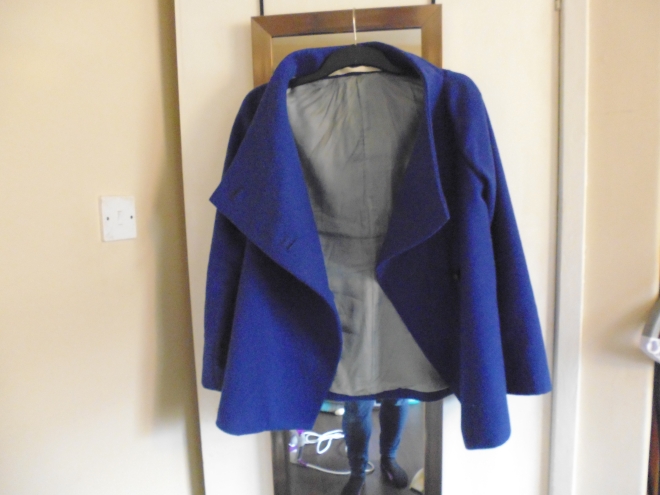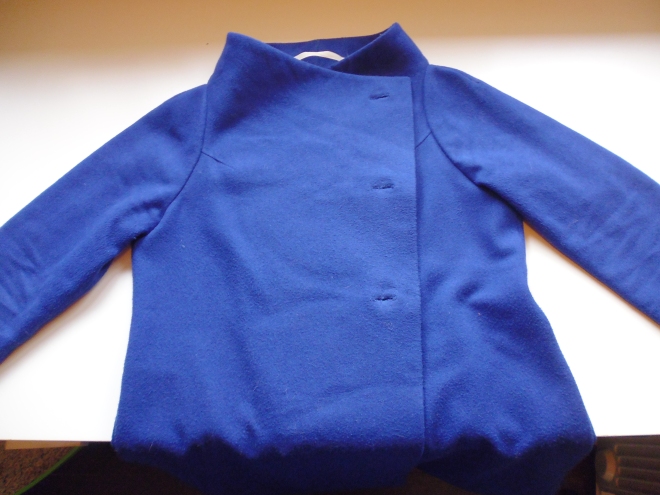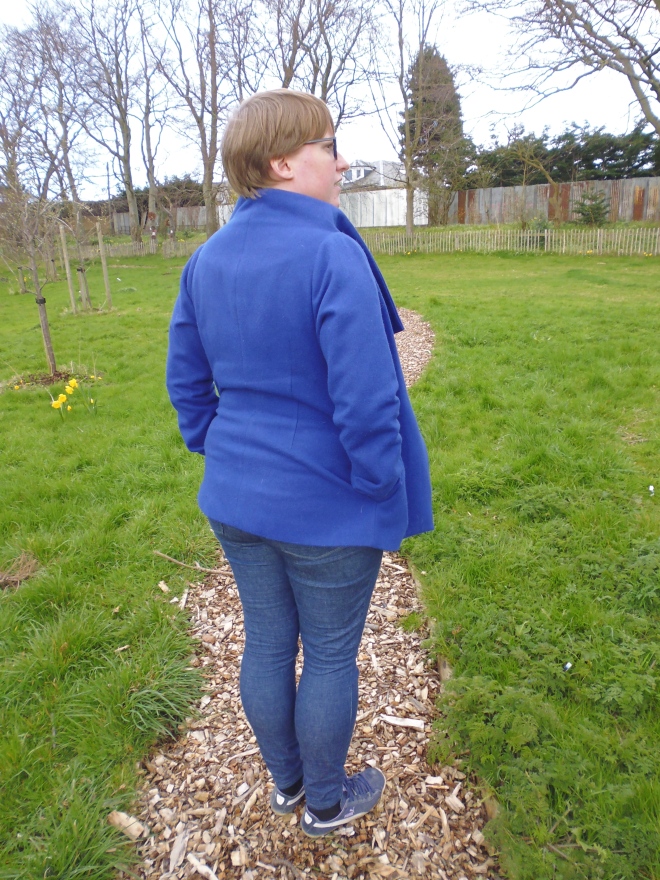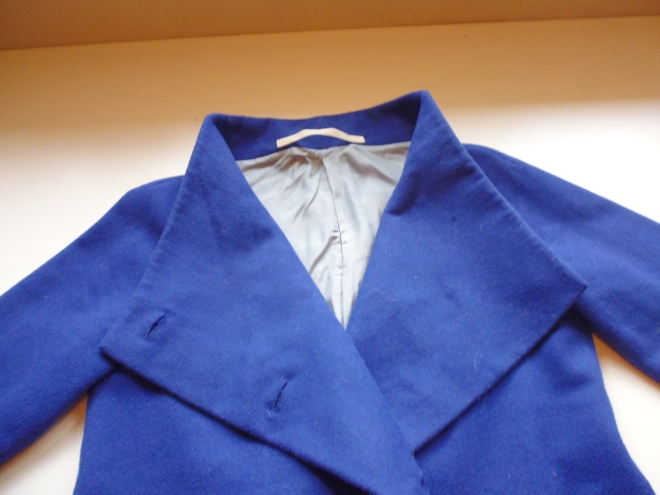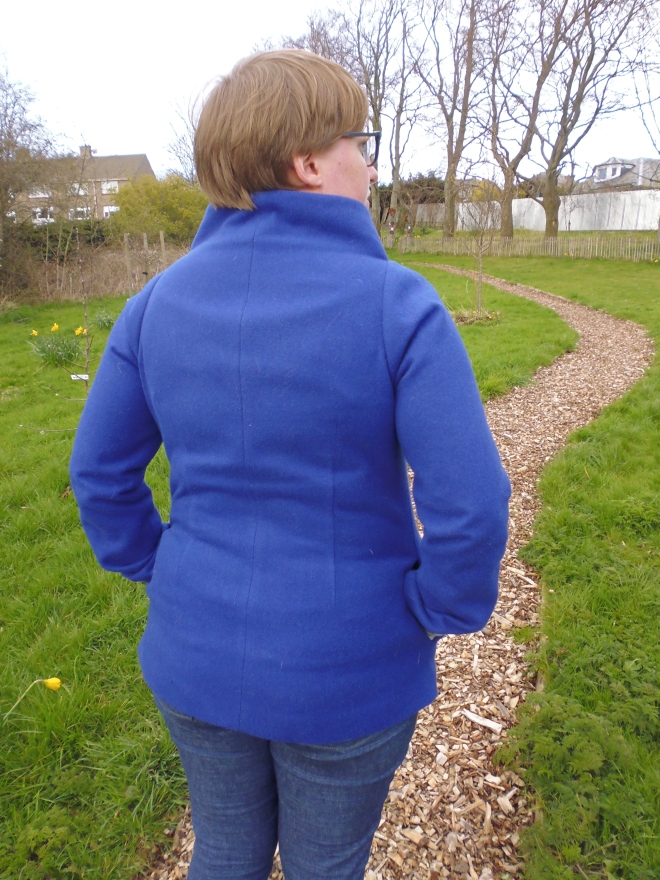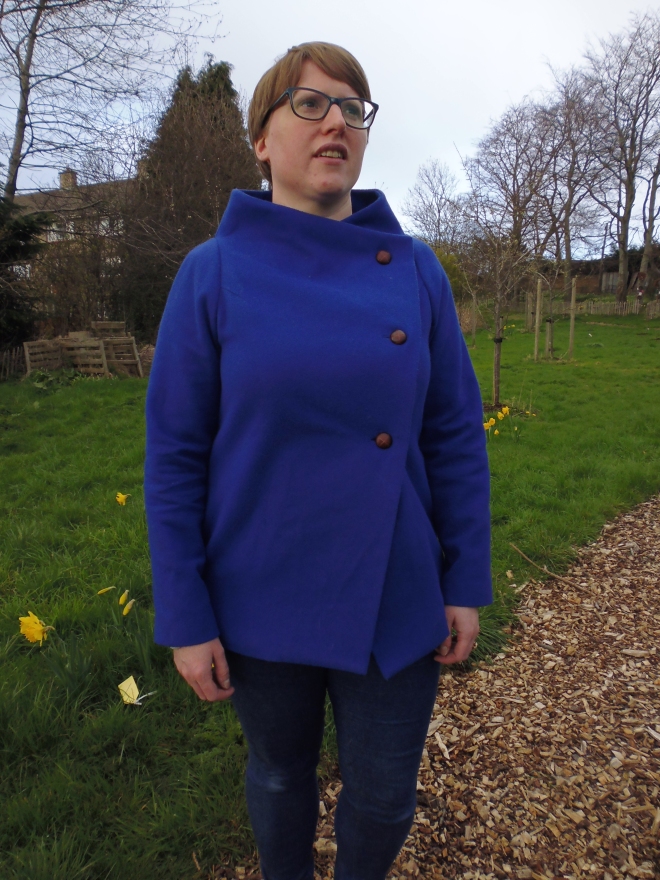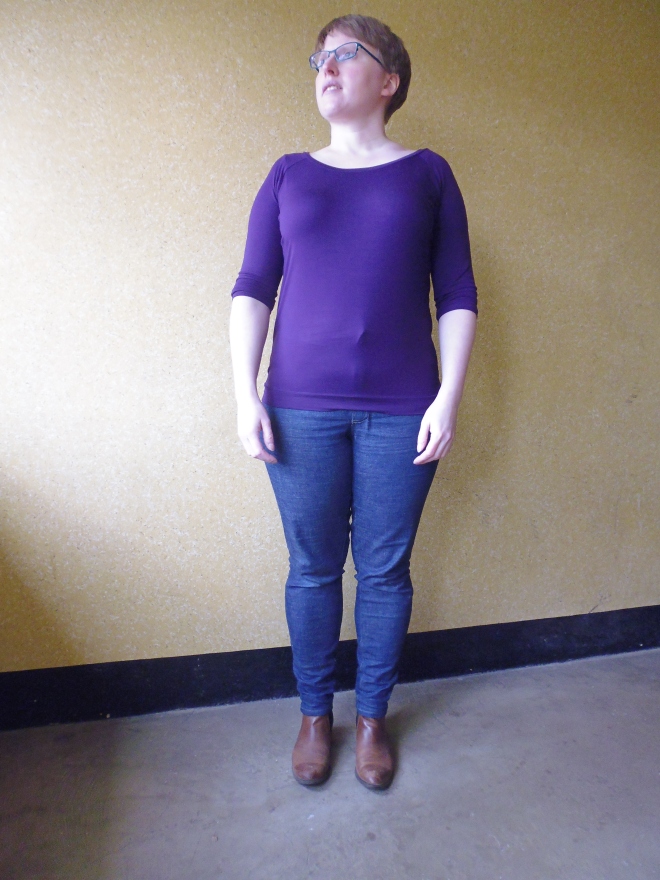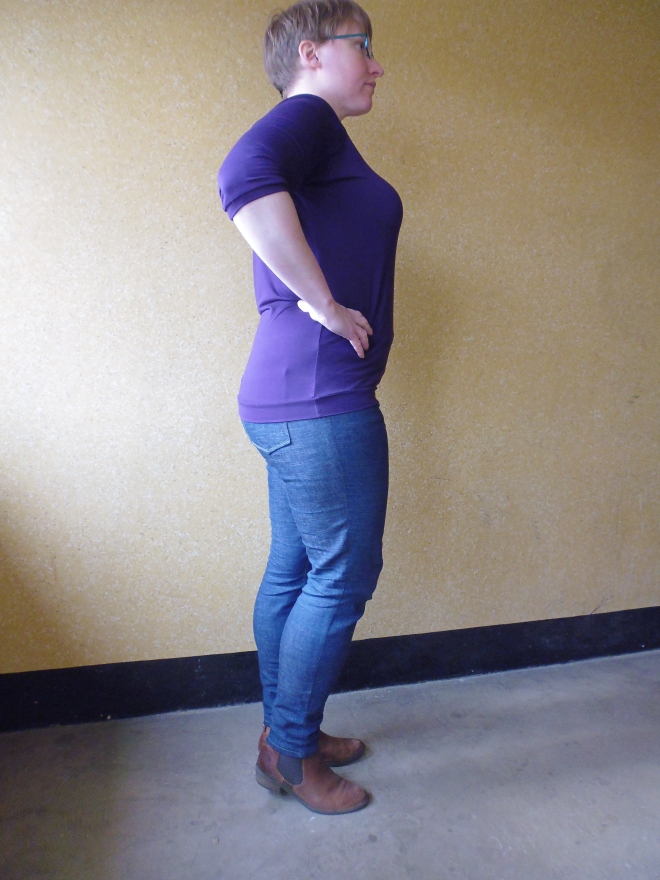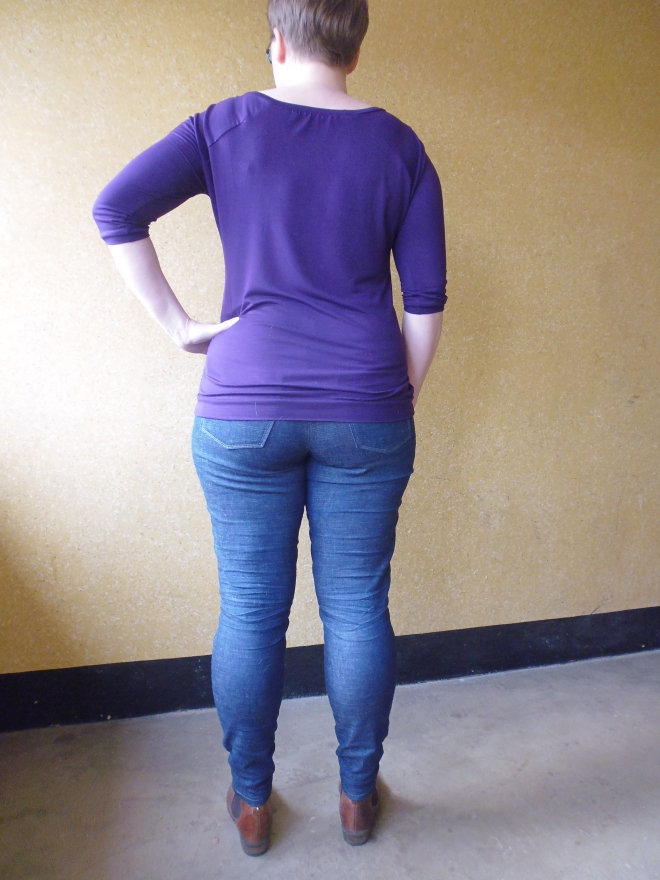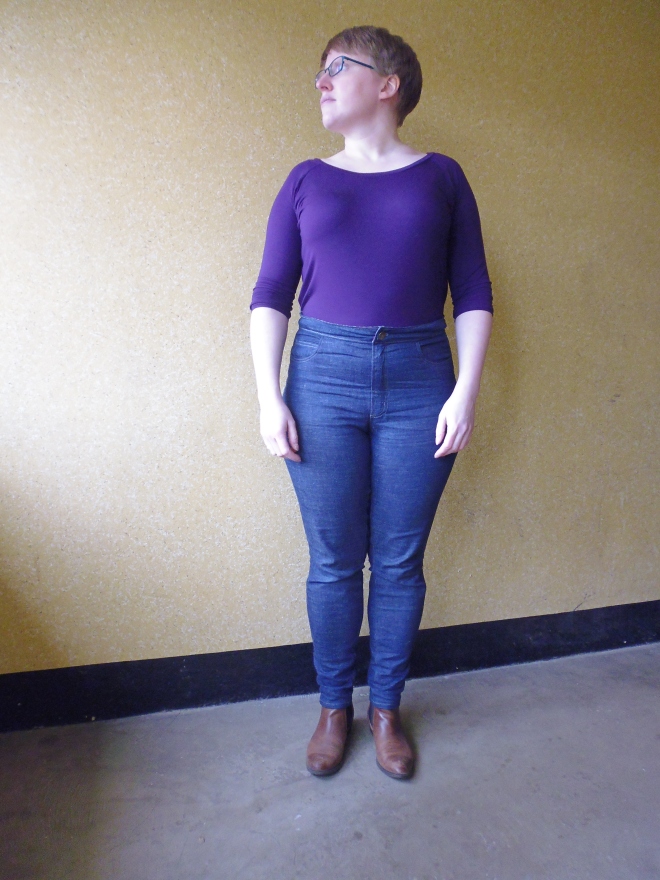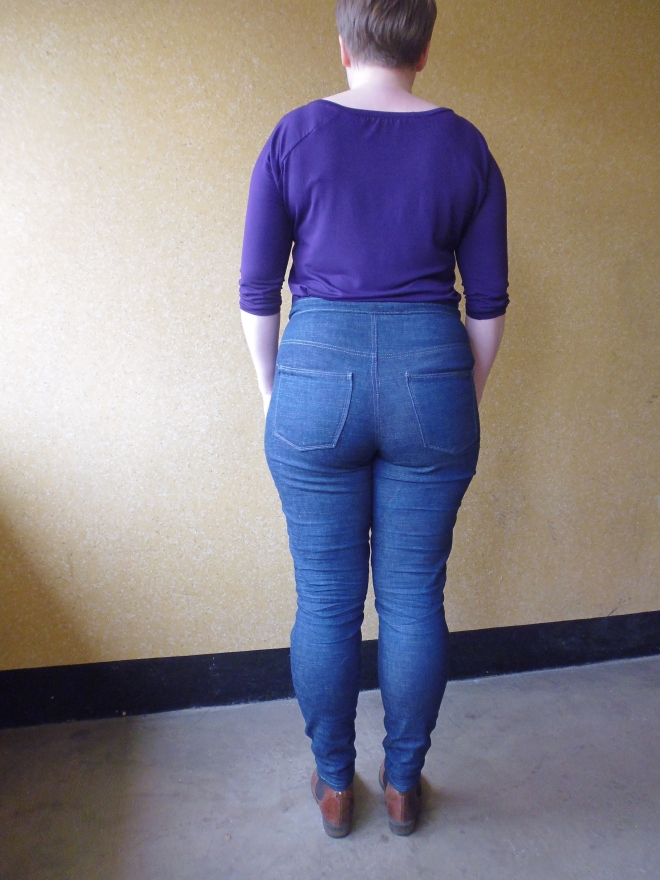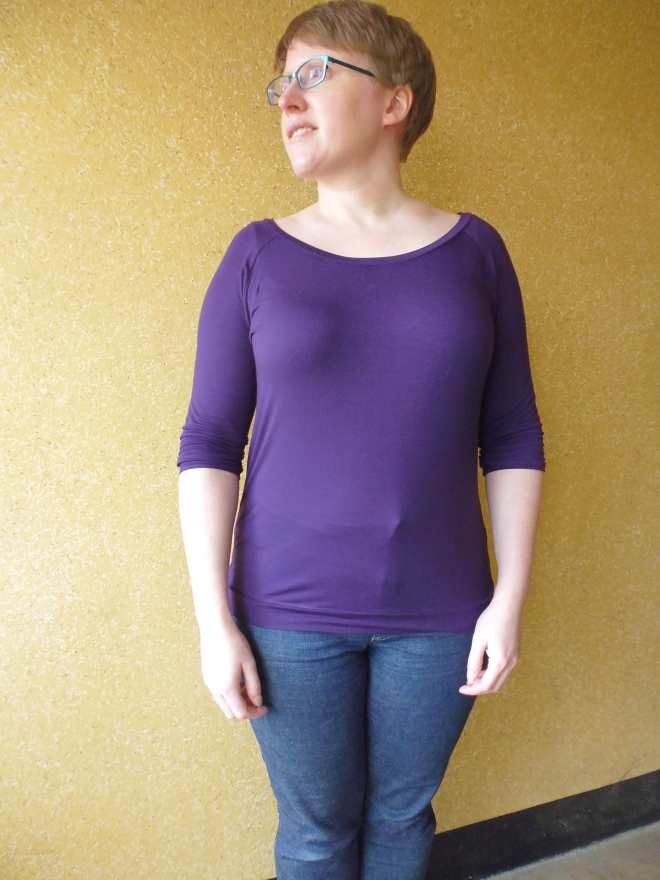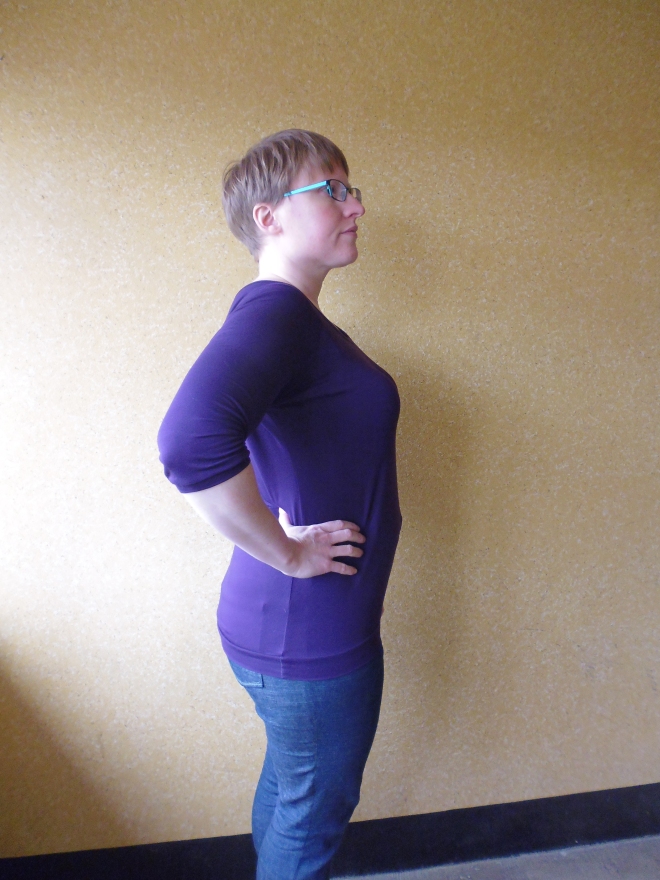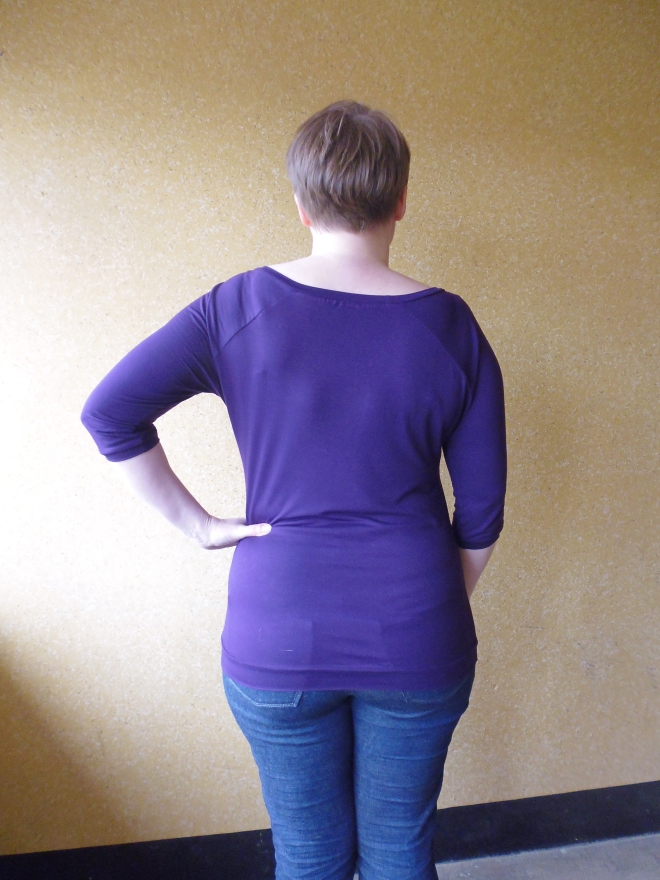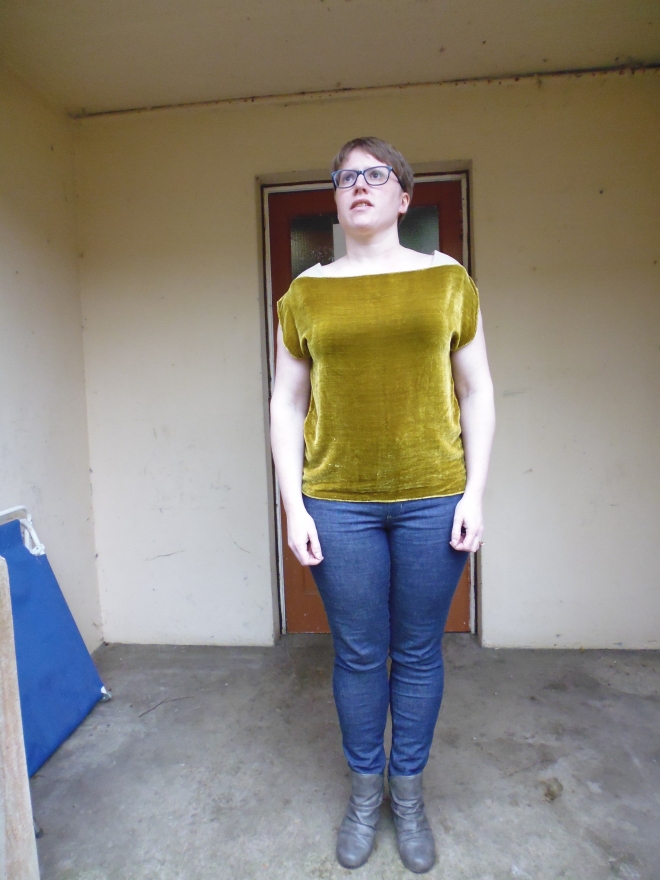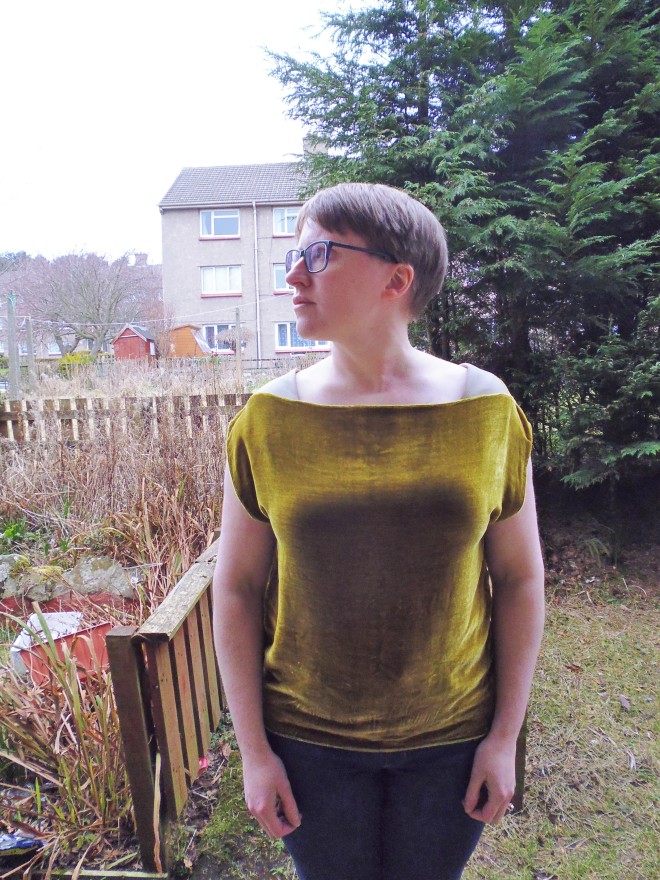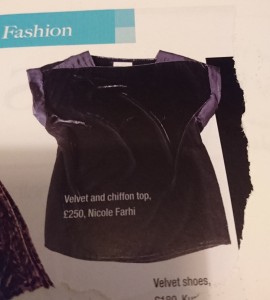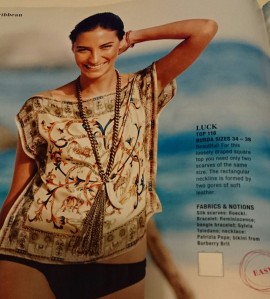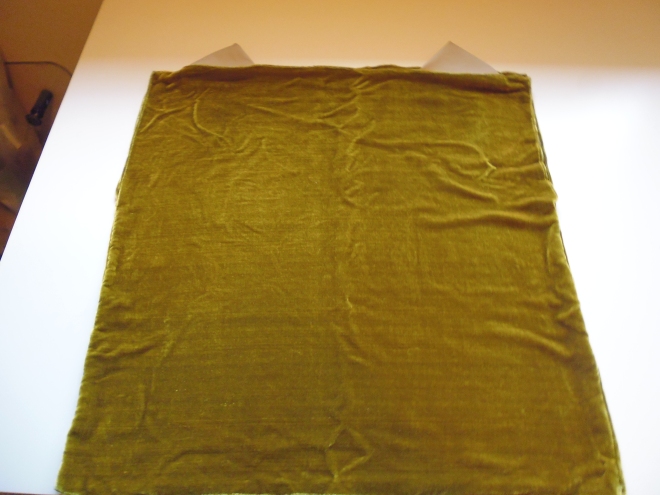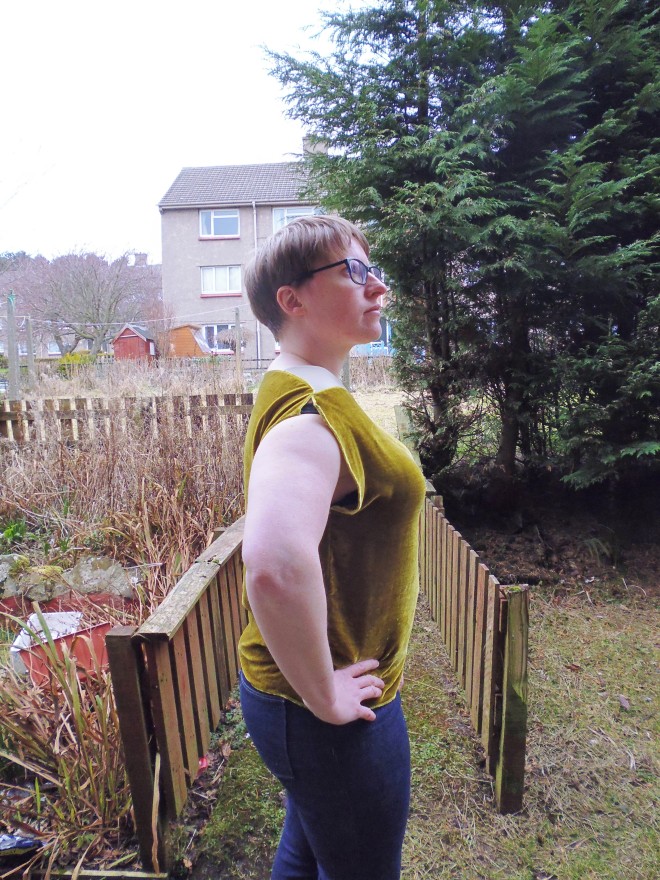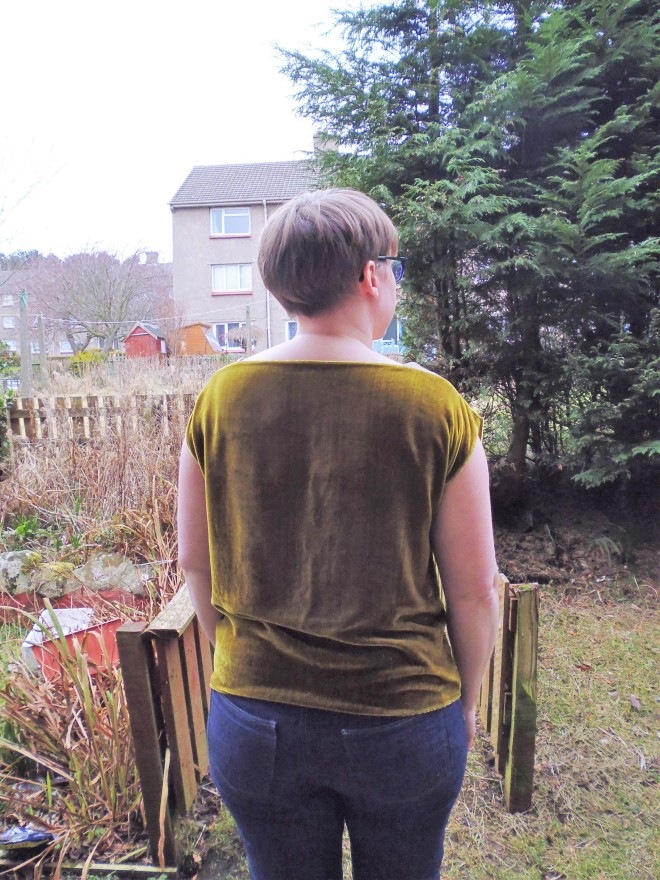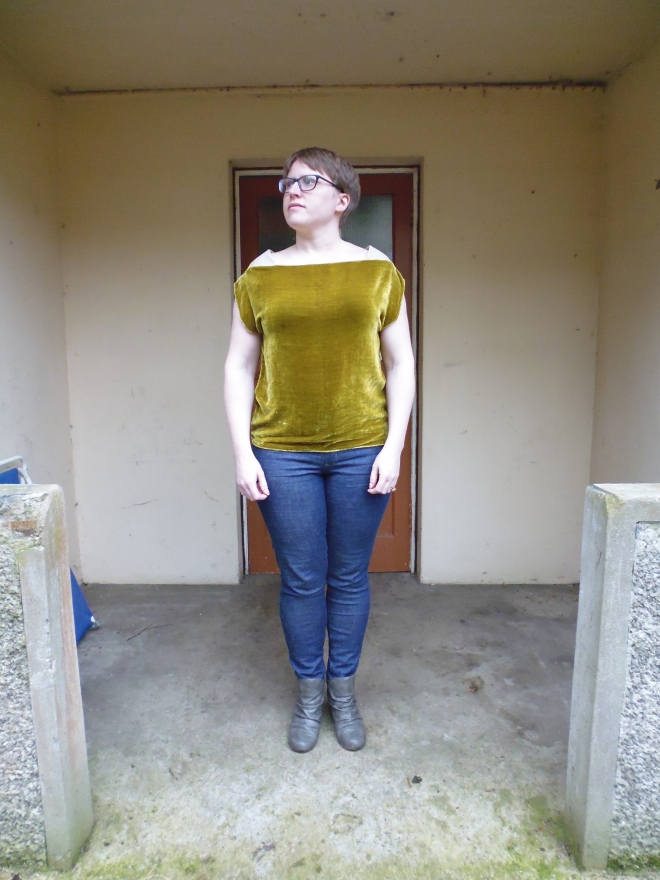So I still have a load of unphotographed, unblogged projects, but this one is jumping the queue. It’s a Minoru Jacket by Sewaholic and I’m quite pleased with it….
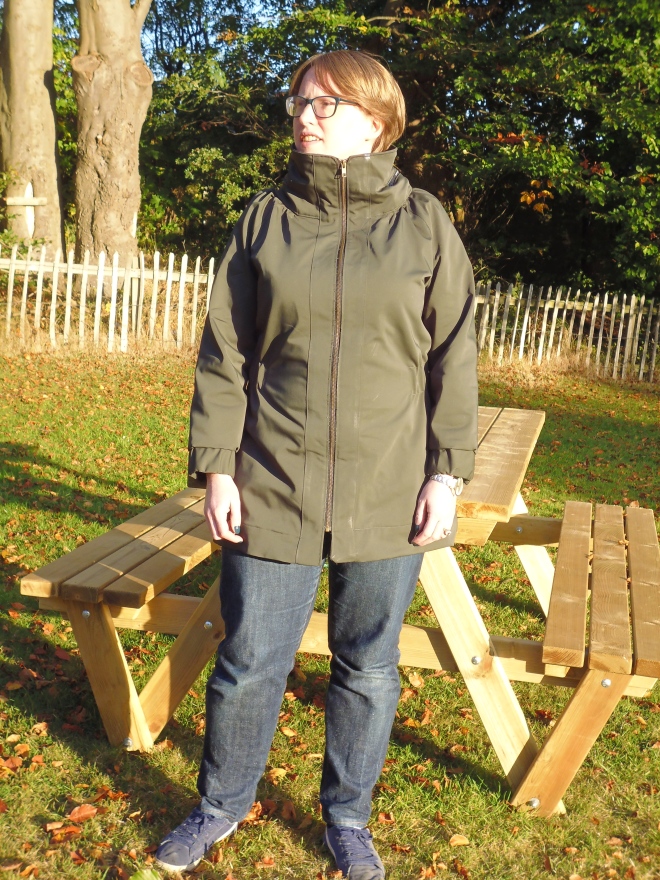
After the success of my blue coat, I decided I fancied making a jacket for the slightly warmer days, maybe something shower proof. It took a while to find the right fabric, and I eventually found it on eBay – from a seller who has loads of ex-designer and interesting fabrics from Italian textile mills. This fabric was apparently Hugo Boss and is described as a microfibre satin canvas in a dark peat colour, and I think it’s what makes the jacket such a success. I got a swatch, and loved the feel of it – it only cost £6 a metre, but it feels expensive. It’s 150cm wide as well, so excellent value all round really! I can report that it is shower proof, thanks to a handy shower on my way home the other day. I wasn’t worried about full-on waterproofing, so I didn’t waterproof the seams or anything fancy like that.
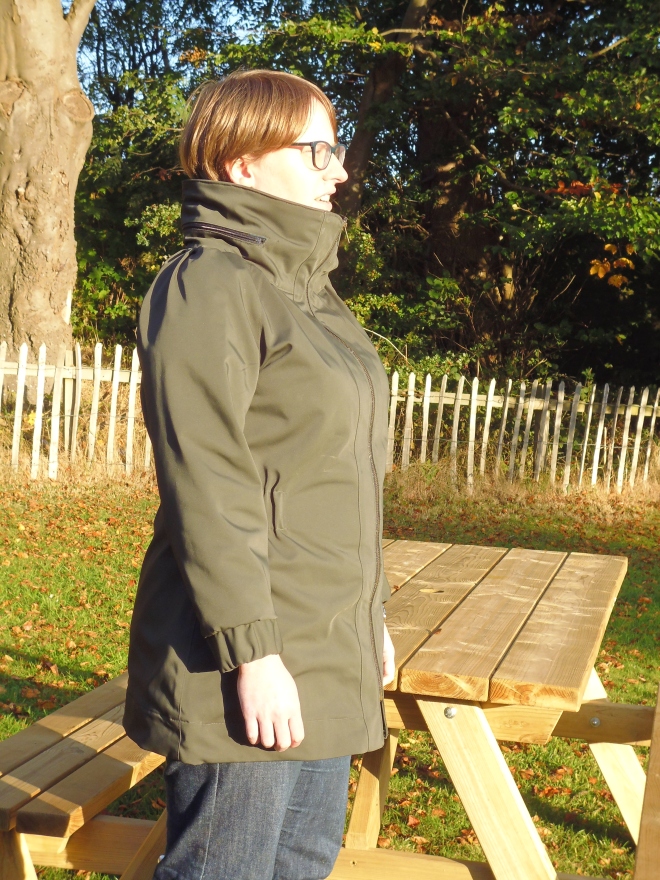
You can see the slight sheen of the fabric in this photo – I think that’s one of the things that makes it feel so luxurious. It was slightly tricky to gather – even using the longest stitch length I could only gather a couple of cm from the end of the gathering stitches using the normal method. Instead, I used a trick I’d seen somewhere online, can’t remember where, which was to use a wide zigzag stitch over some yarn between the gathering markings, then pull the yarn. It worked a treat.
I cut a size 14, no grading to a larger size at the hips required, thanks to the Sewaholic drafting for pear shapes. I could possibly have shortened it slightly, I think it’s come up a bit longer on me than intended, but I quite like it like that. Once I’d set in the sleeves I tried it on and discovered that they were way, way too long – I had to chop off a good 10cm at least. I might actually have chopped off very slightly too much – I’m used to sleeves being a bit long on me so it feels weird to have them stop at my wrist.
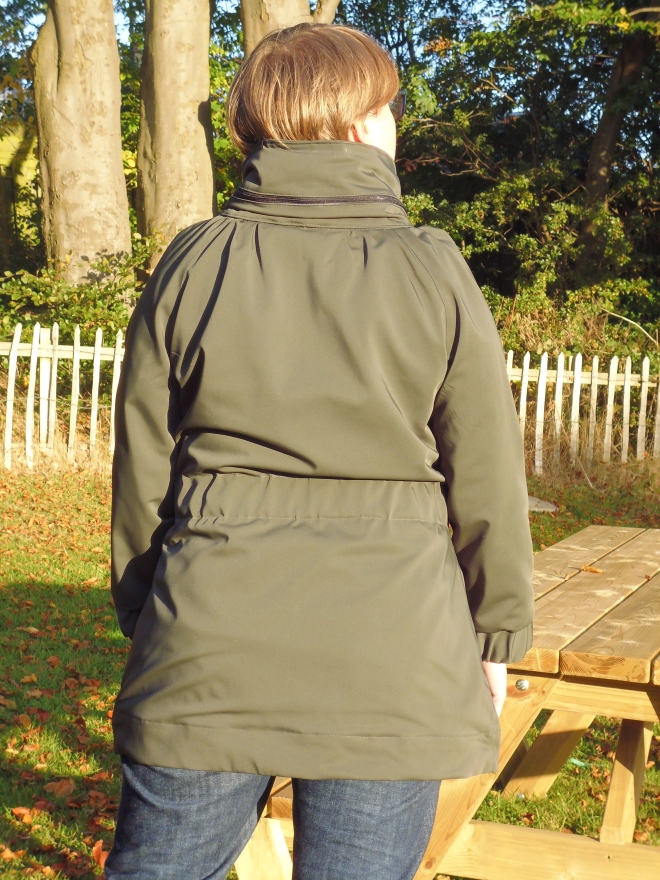
I really like the wide elastic at the back waist, it makes the jacket feel nice and snug even in Edinburgh’s windiest weather. The sleeve cuffs could be a little bit snugger but they’re not loose enough to annoy me so I didn’t bother to make them any narrower.
I did have to put the zip in twice – my first attempt was distinctly wonky, and the uneven corners at the bottom were really obvious so I ripped it out. Definitely much better the second time round. I didn’t have any other problems with the construction, it actually came together quite easily. My machine coped fine with the very densely woven fabric, I used a ‘Sharp’ needle and ordinary Gutermann’s thread and had none of the trouble I’d half expected. It also wasn’t as shifty as you might think – it was actually really stable and quite easy to cut. I did need a new rotary cutter blade, but seeing as I hadn’t changed it for months that wasn’t very surprising.
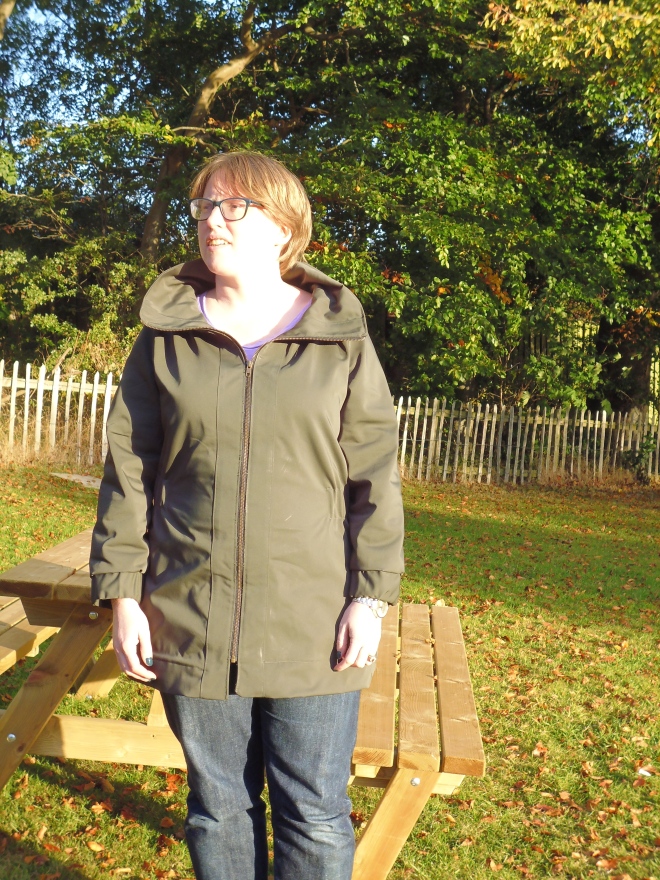
The bottom corners look a bit wonky here, but they’re definitely not in real life!
Until the recent cold snap we had, I’ve mostly been wearing it this way. It’s super cosy zipped all the way up though, with room for a scarf in there, and with one of my toasty wool cardigans on I was easily warm enough even in the 0 degrees weather we had a couple of weeks ago. That’s partly down to the soft, brushed cotton I used for the lining – I had bought some lining fabric, but decided I wanted something a bit warmer. I found this plaid fabric at Fabworks Online – I can never resist a teal – and when it arrived it turned out that the ‘grey’ of the description was almost exactly the same colour as my main fabric. It must have been fate! 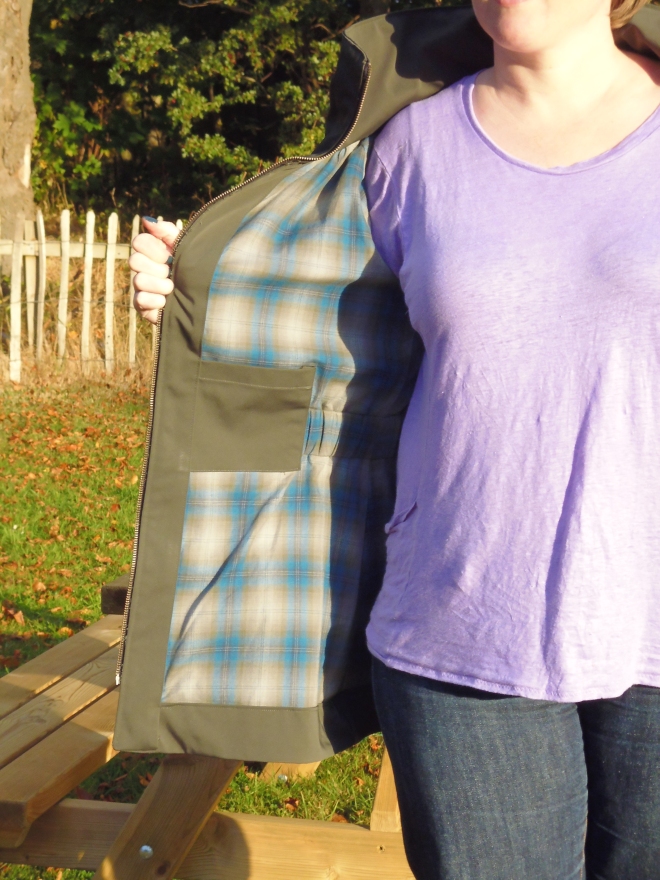
I didn’t bother being too careful with pattern matching the lining – I lined up the horizontal lines without worrying too much about the vertical. I’m really glad I went with this rather than the lining fabric I had originally planned – it’s one of my favourite things about this jacket.
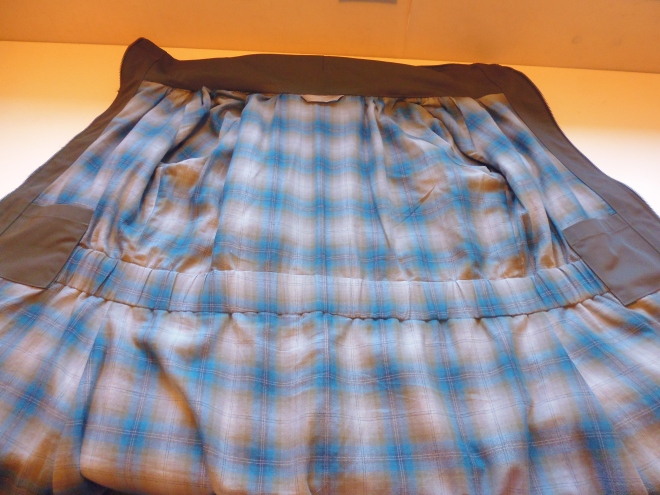
That hanging loop is ribbon, not made from the main fabric as per the pattern
I love the hidden hood – it’s a little bit big on me, but again means there’s lots of room for a woolly hat or big cowl for when it’s colder. It also means I can hide in it at the bus stop if I want to avoid having to make conversation with my neighbours first thing in the morning…..I’m not a social butterfly at the best of times and polite chit-chat at 8.30am is not my idea of fun!
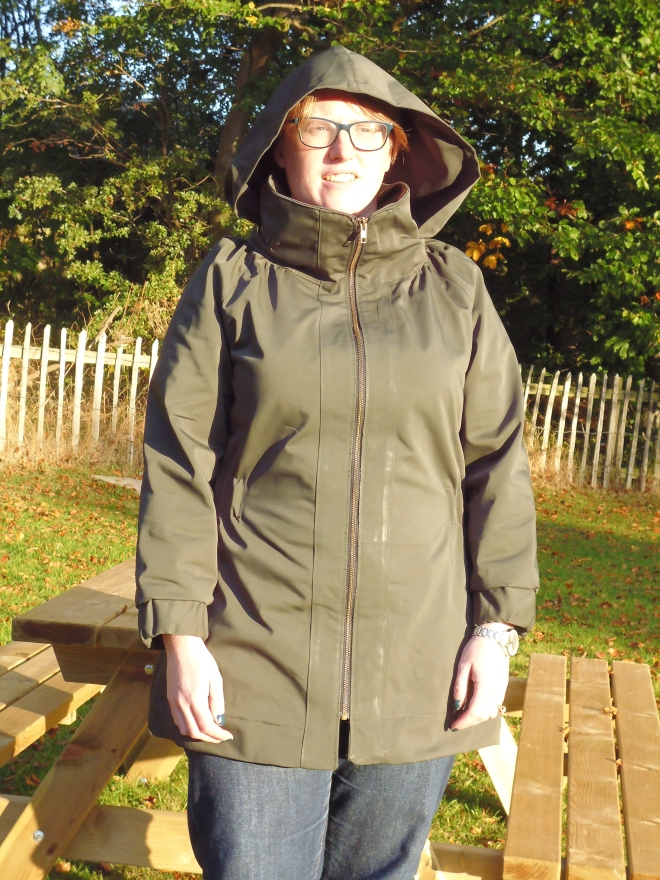
This was a really successful project in the end, from main fabric to lining to construction, and has been one of my most complimented makes as well. I always get a gratifying reaction at work, but I also wore this to the recent sewing bloggers meet-up in Edinburgh and had some lovely comments from my fellow dressmakers which meant a lot – these people know what they’re talking about!
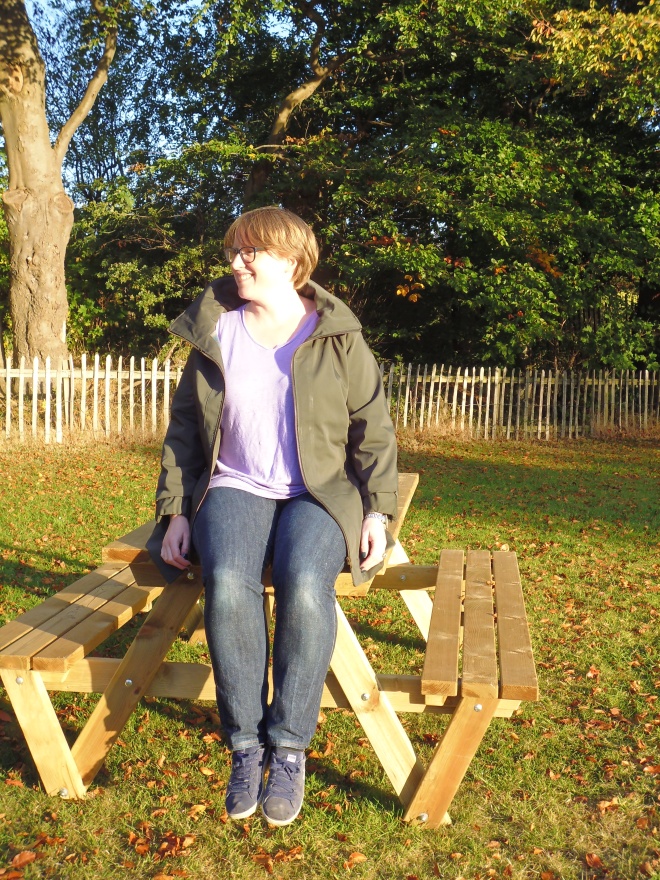
Feeling pretty chuffed at the end of this photo shoot!

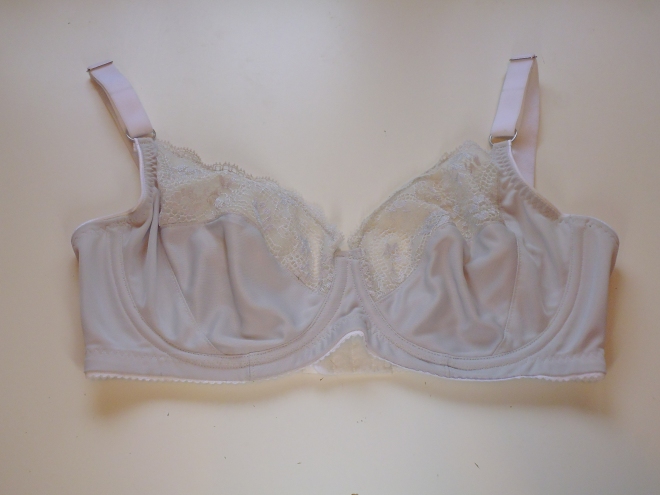
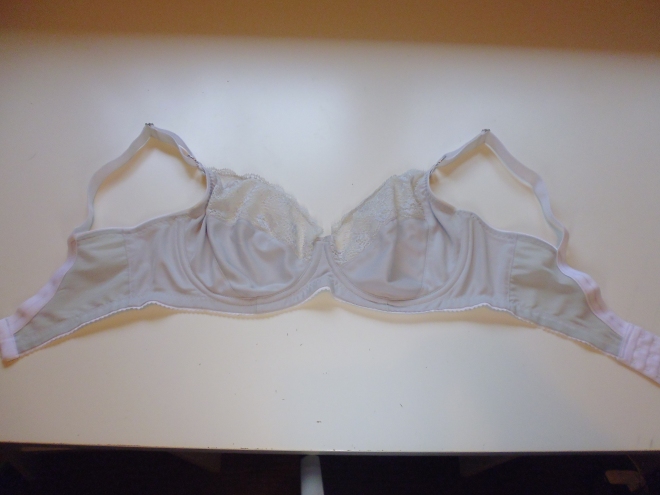
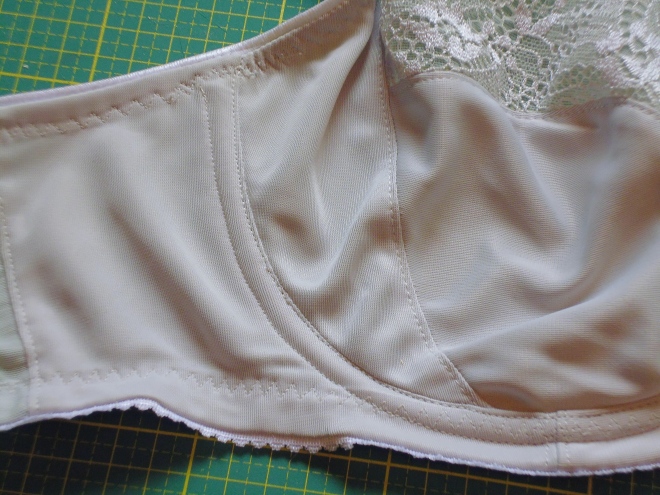
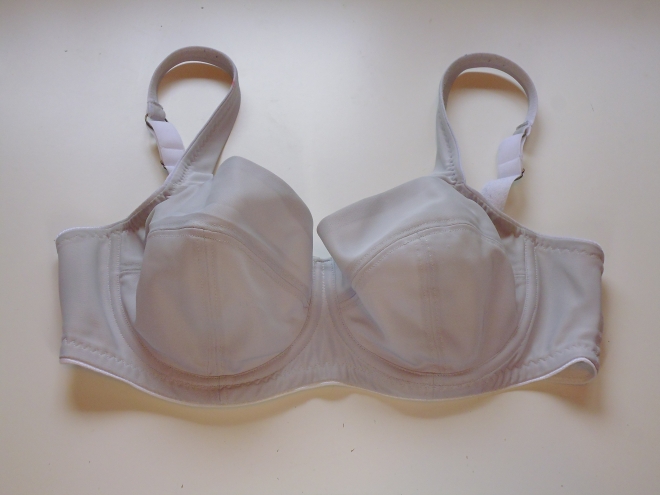
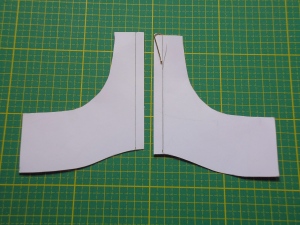
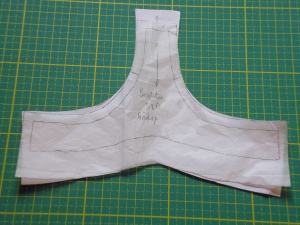

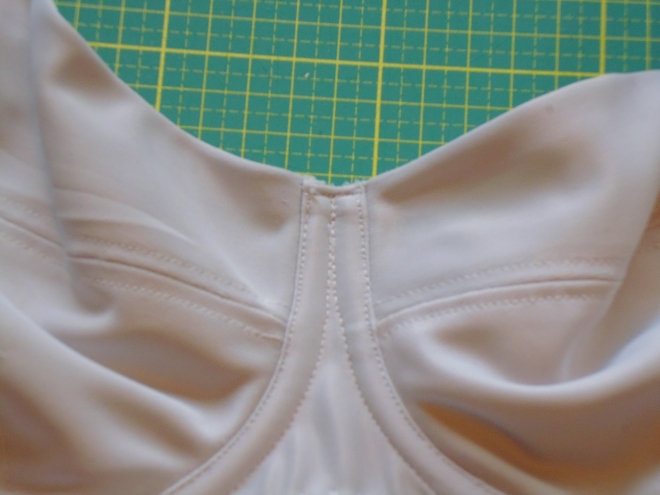
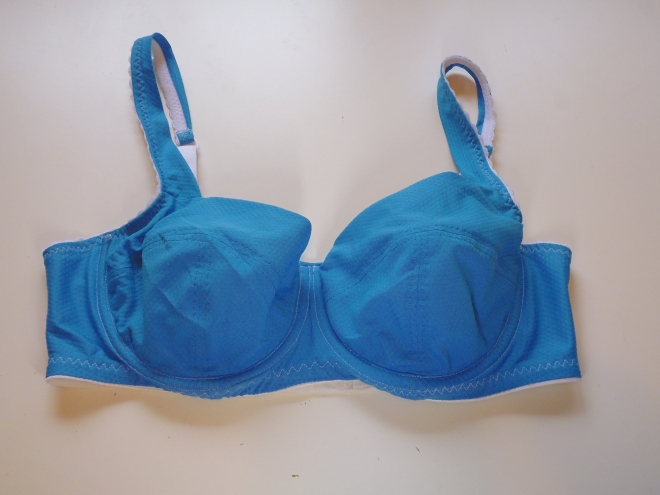
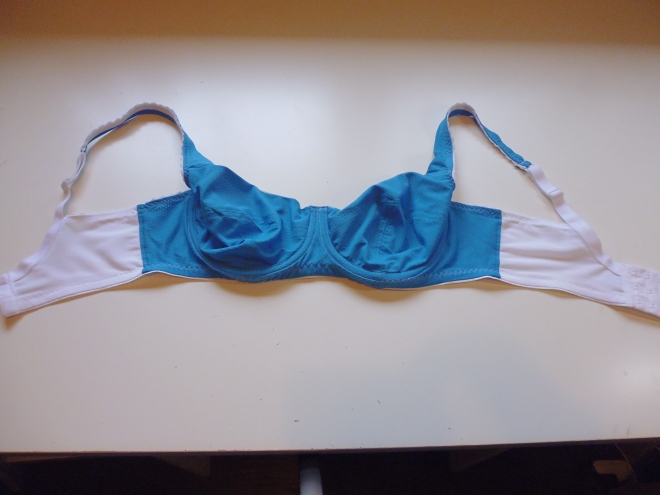
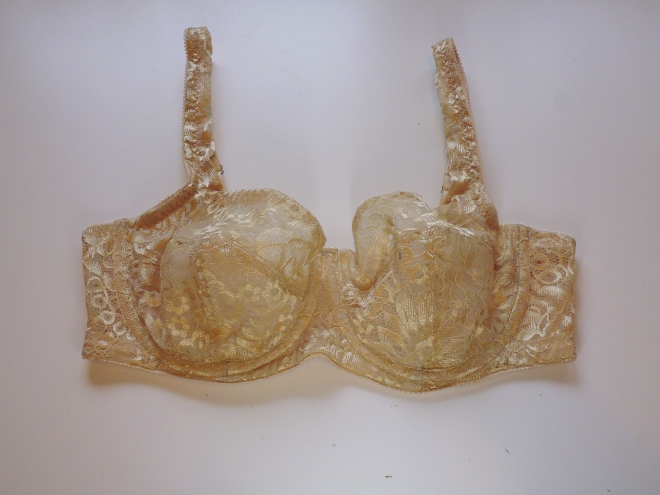
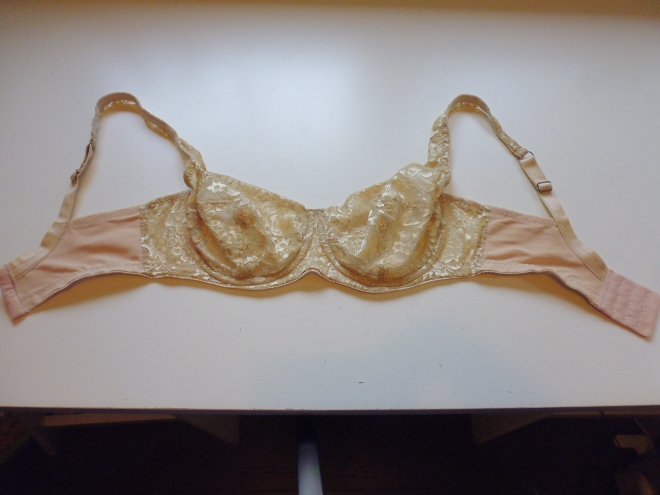
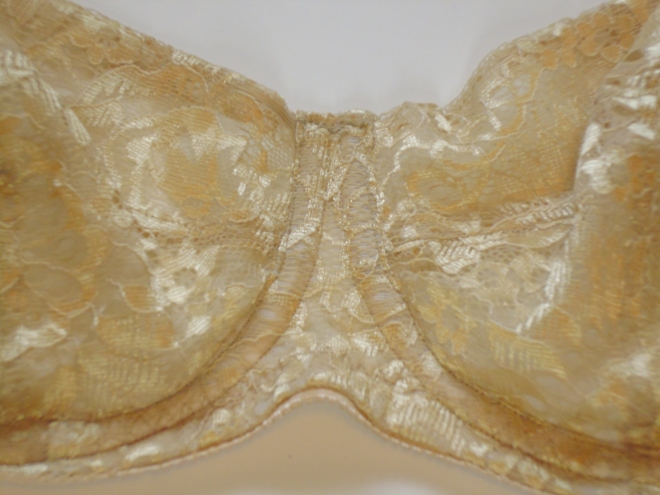

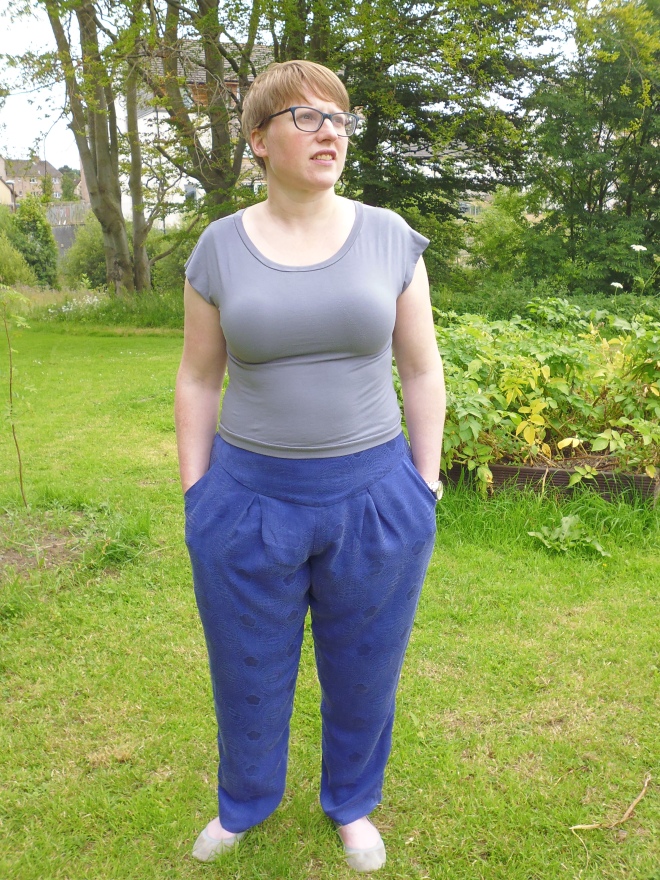
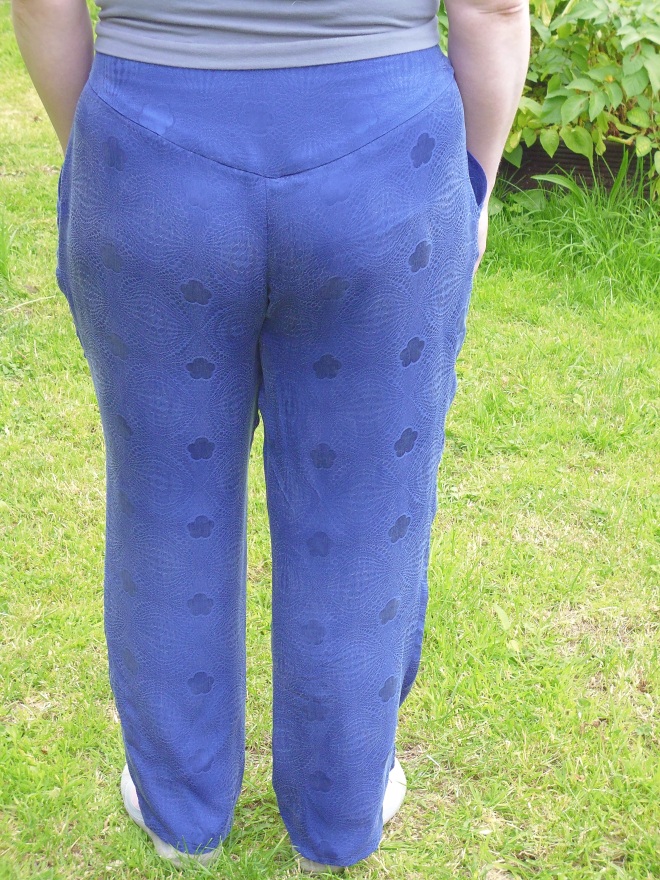

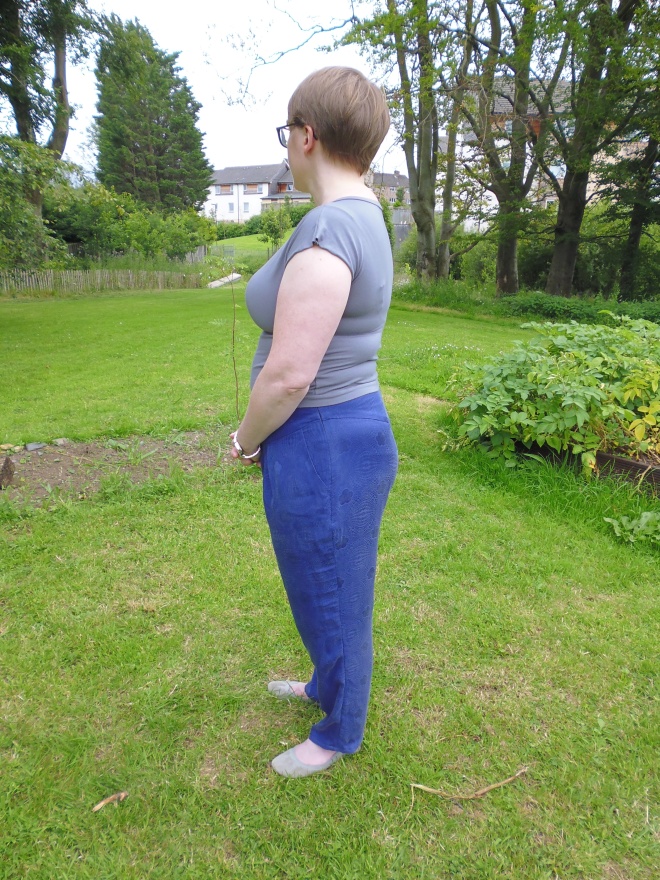
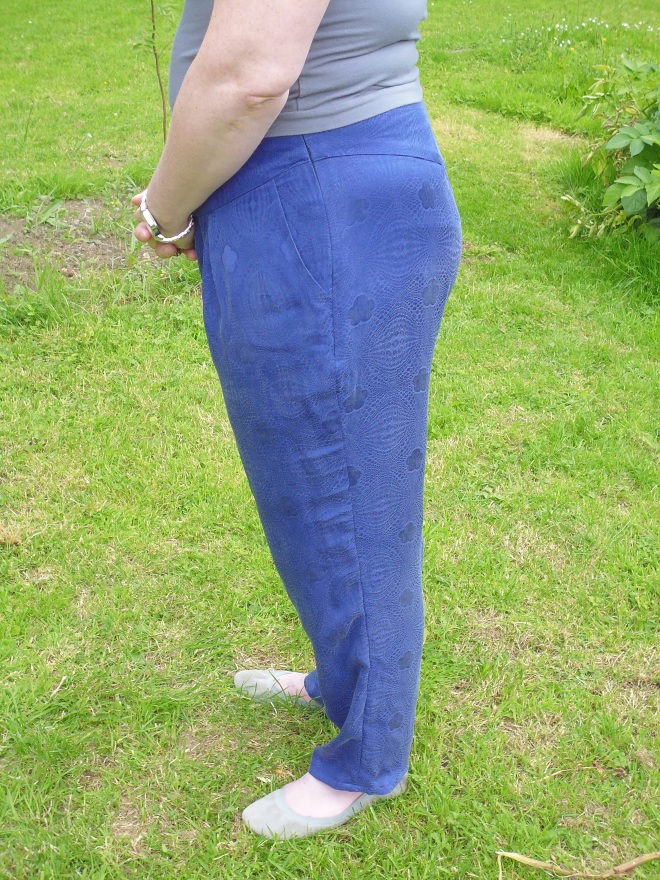
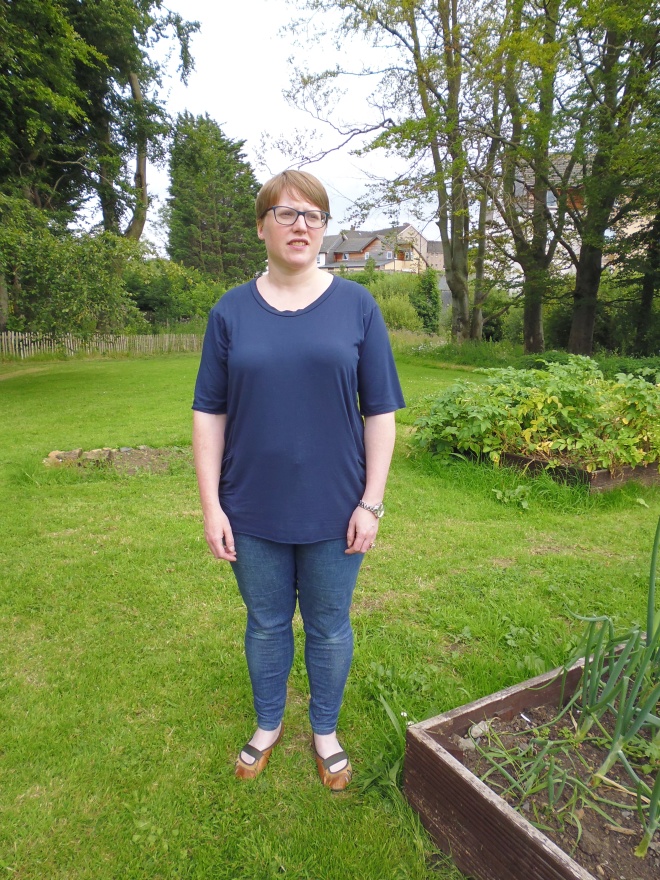
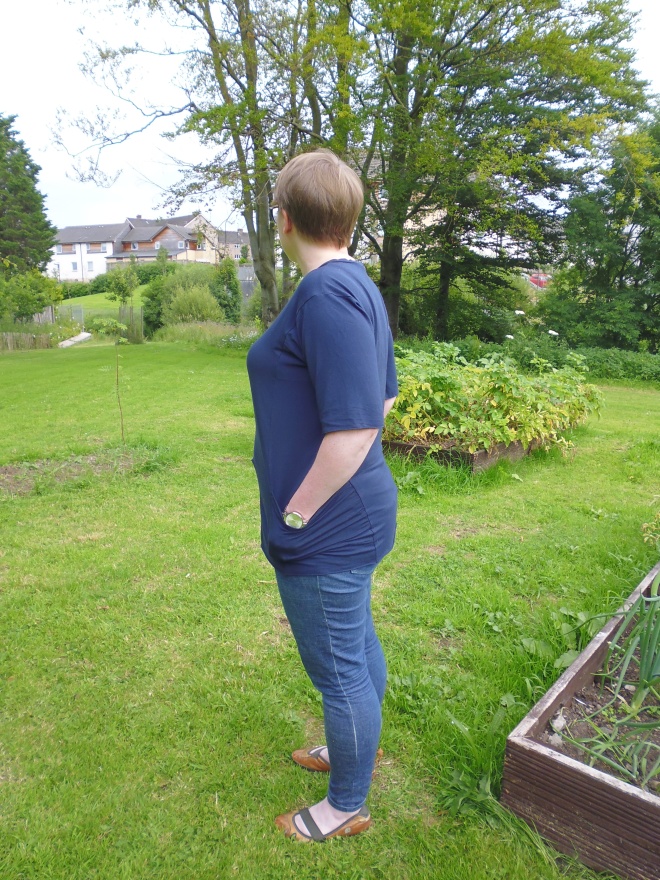
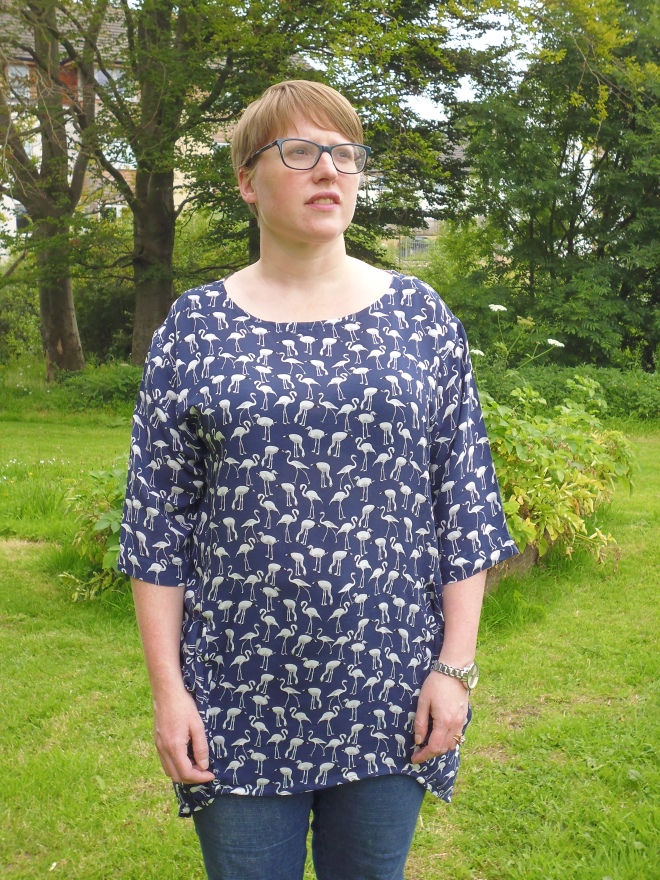
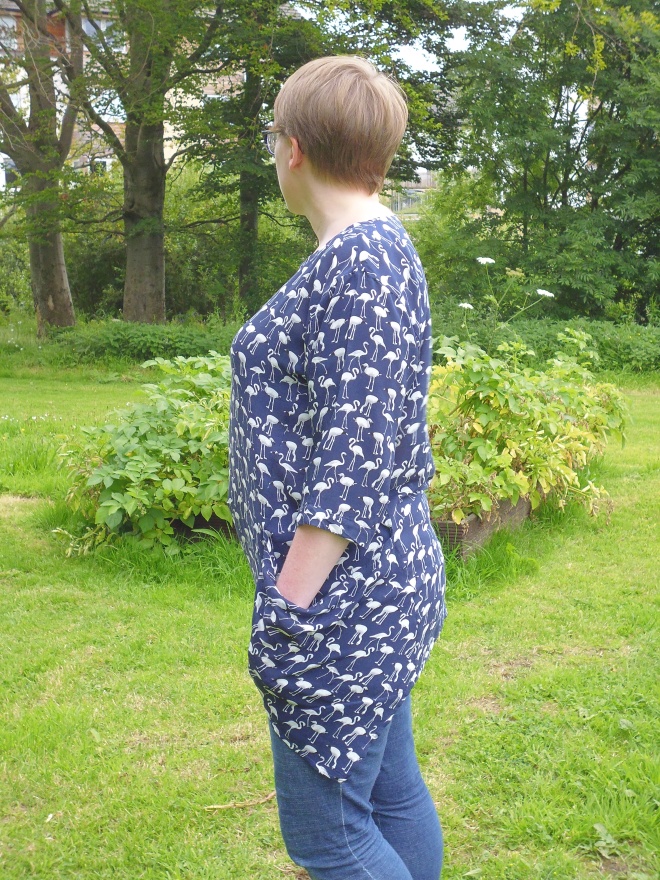
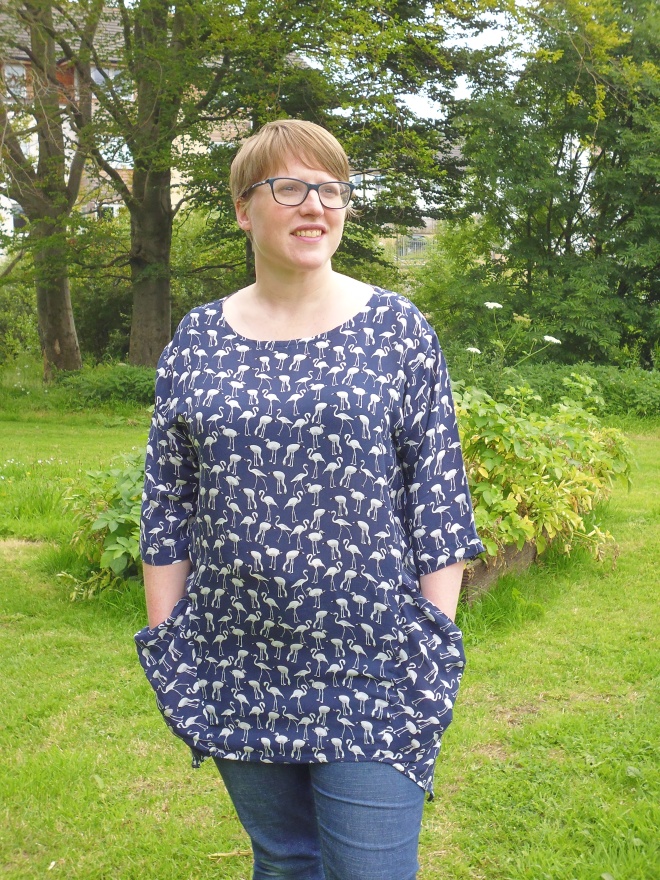
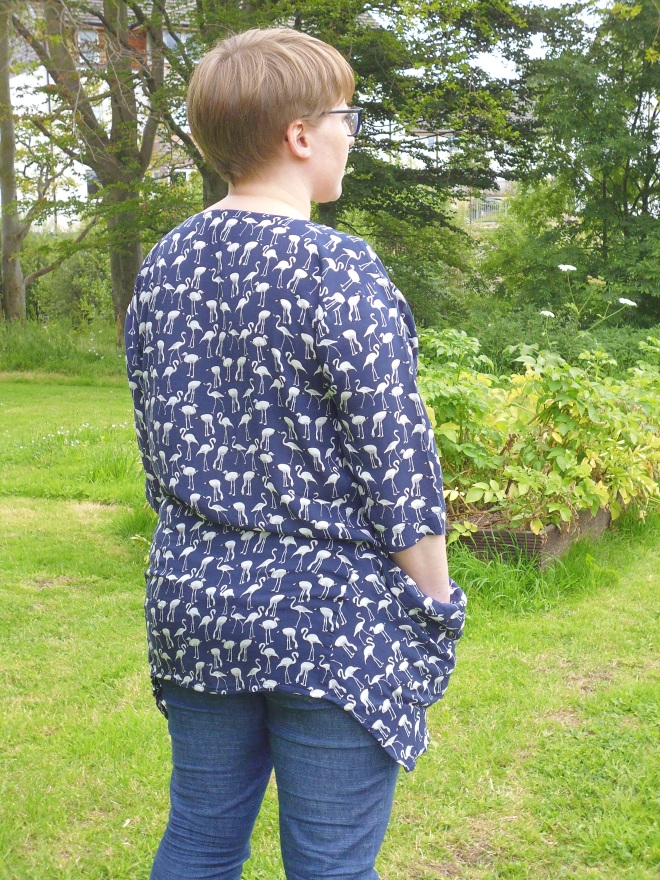
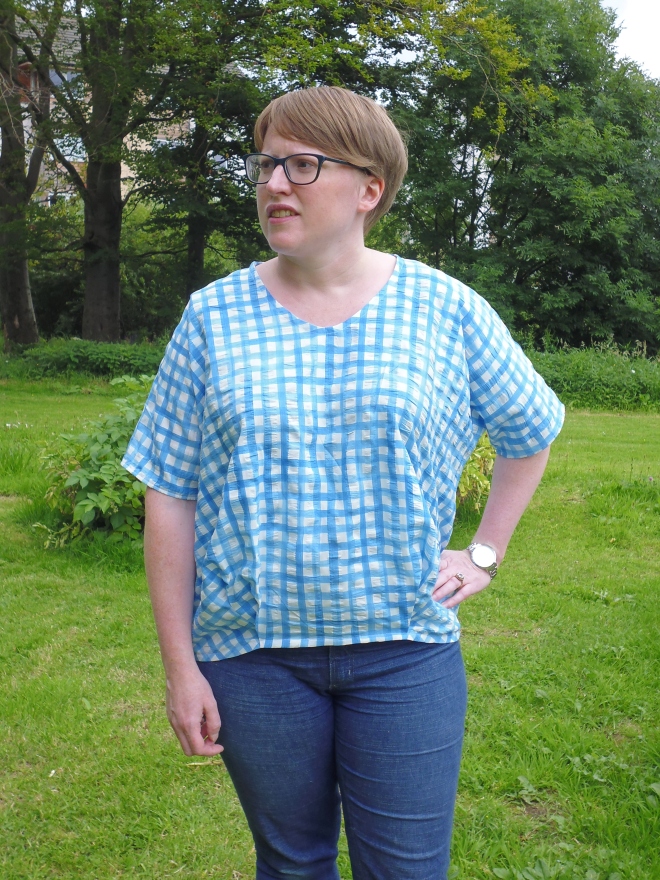
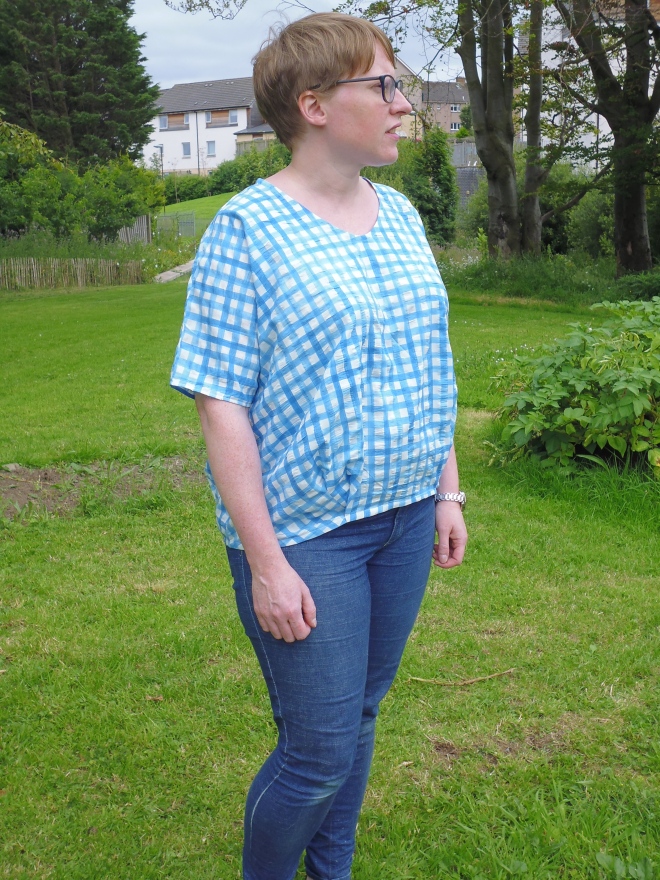
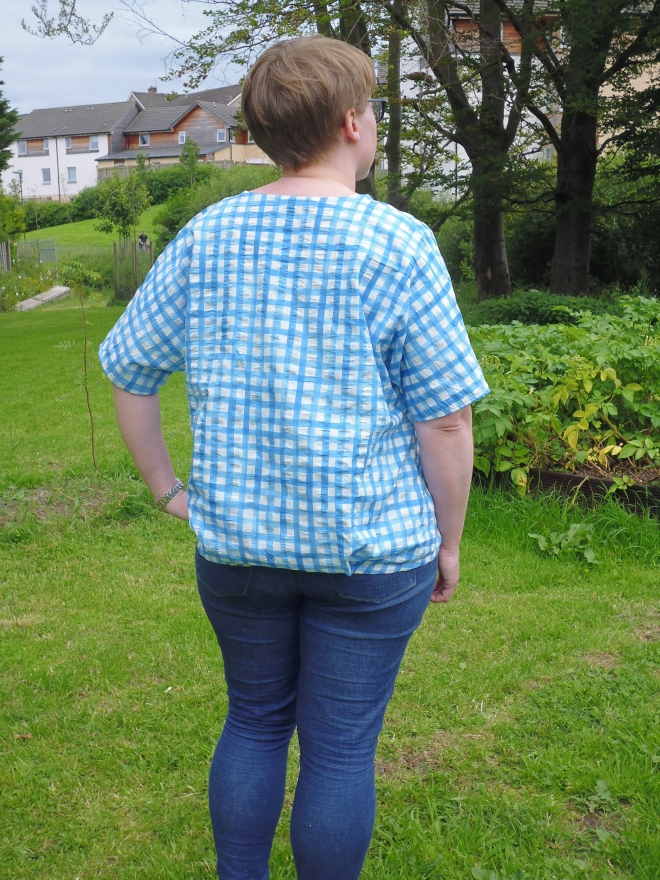
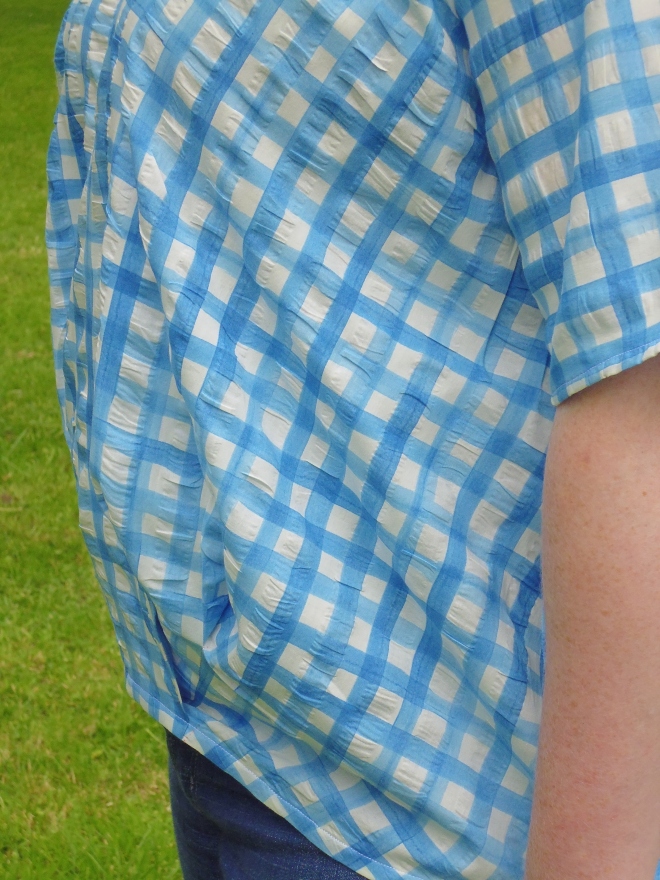


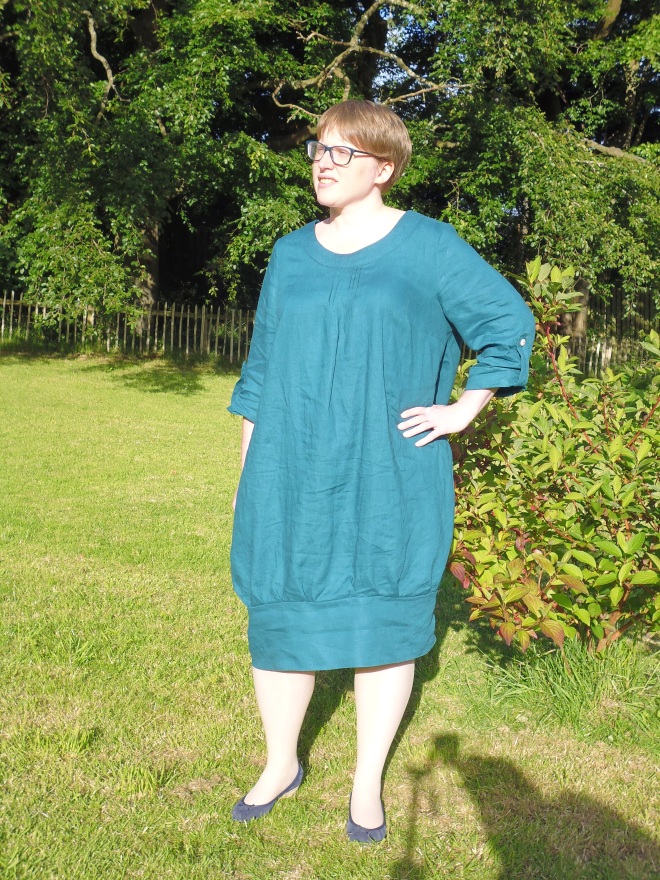
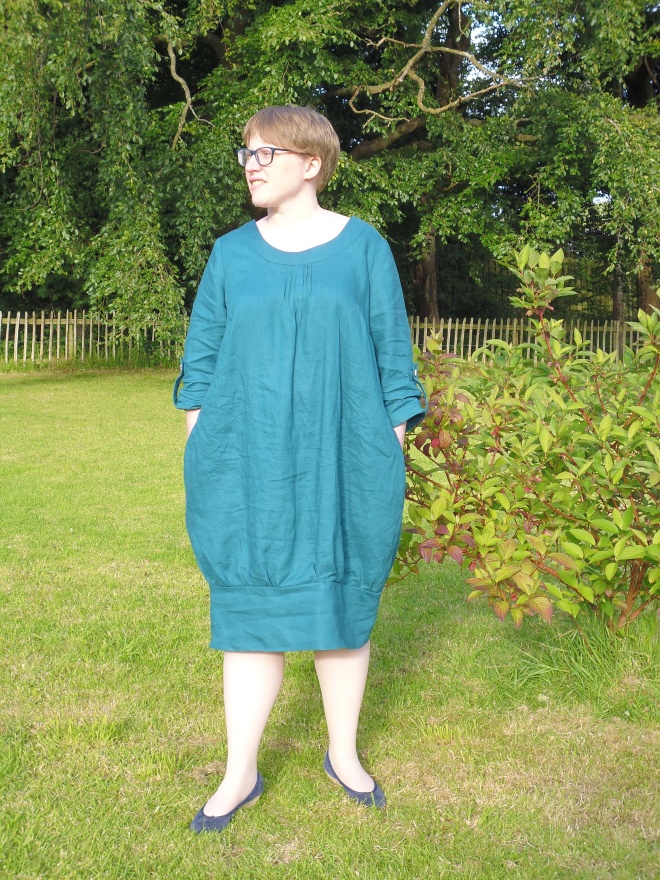
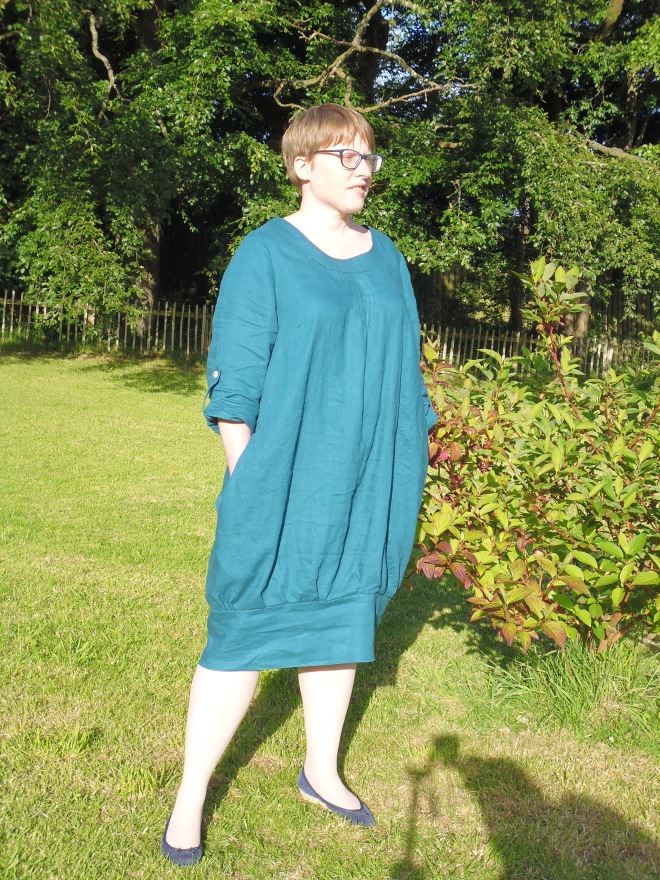

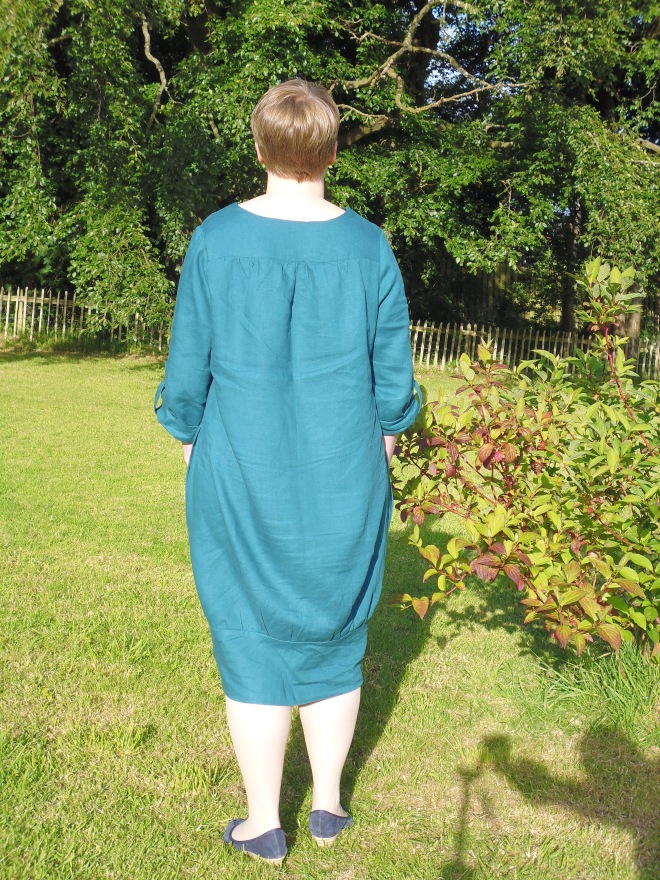
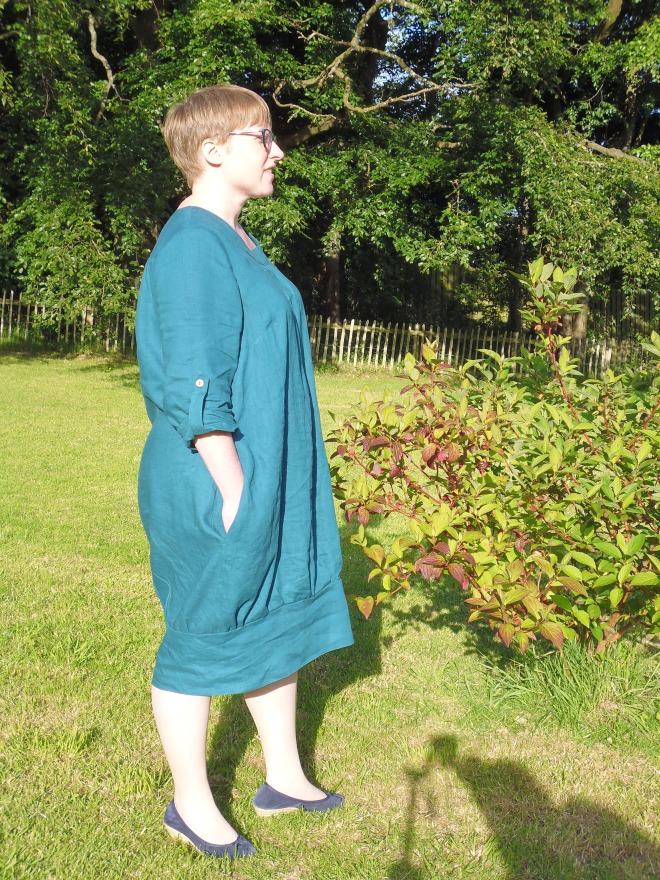
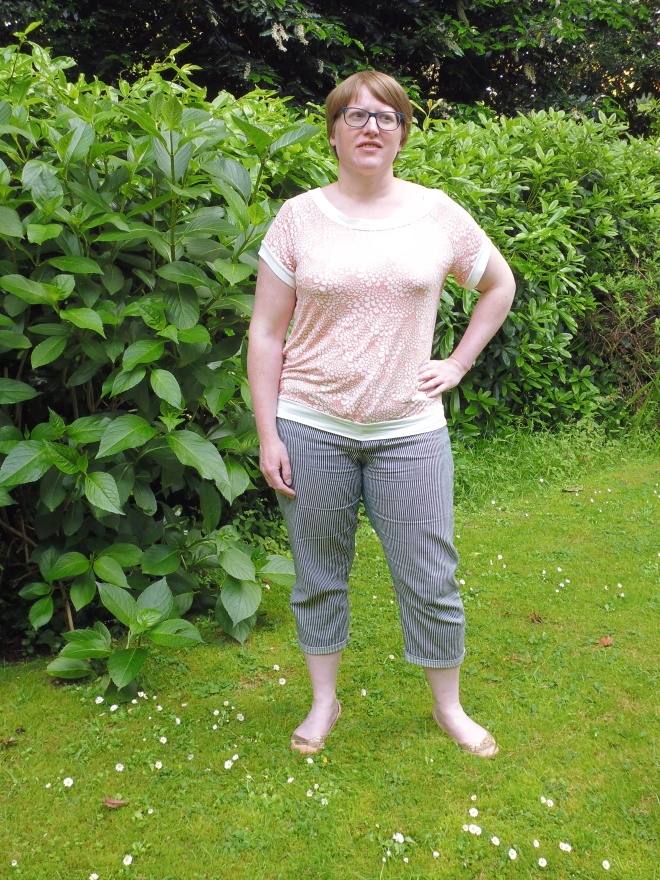
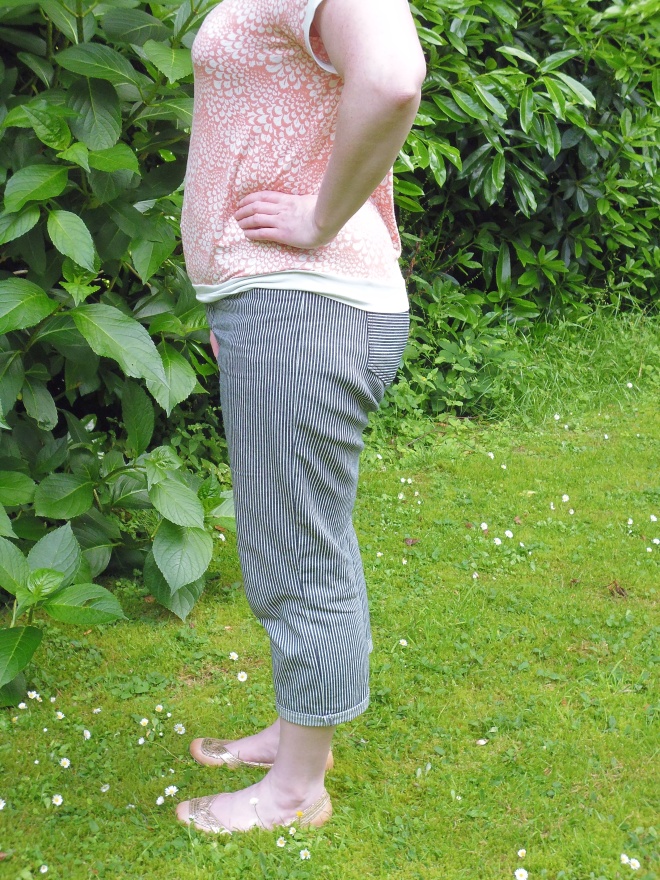

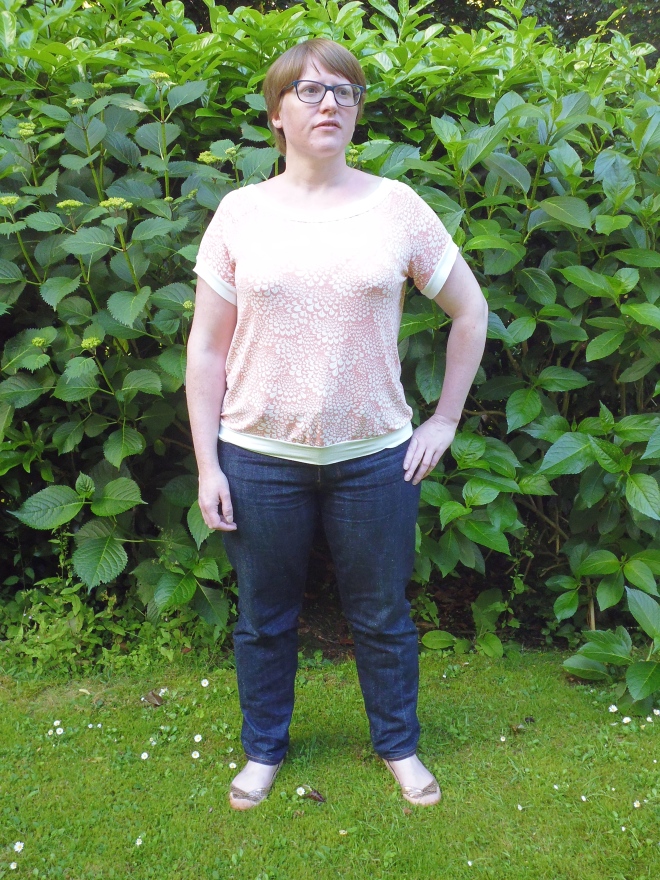
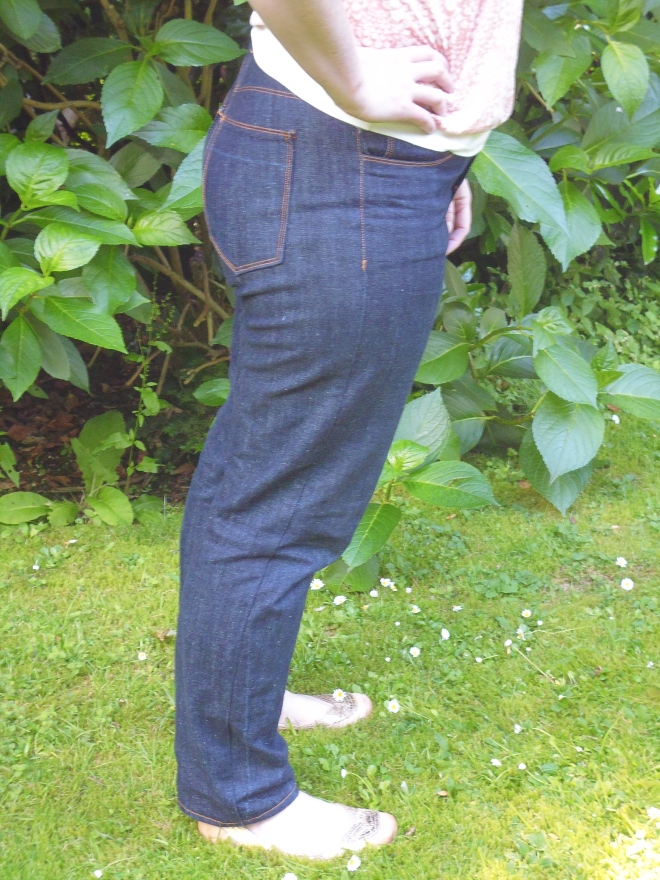
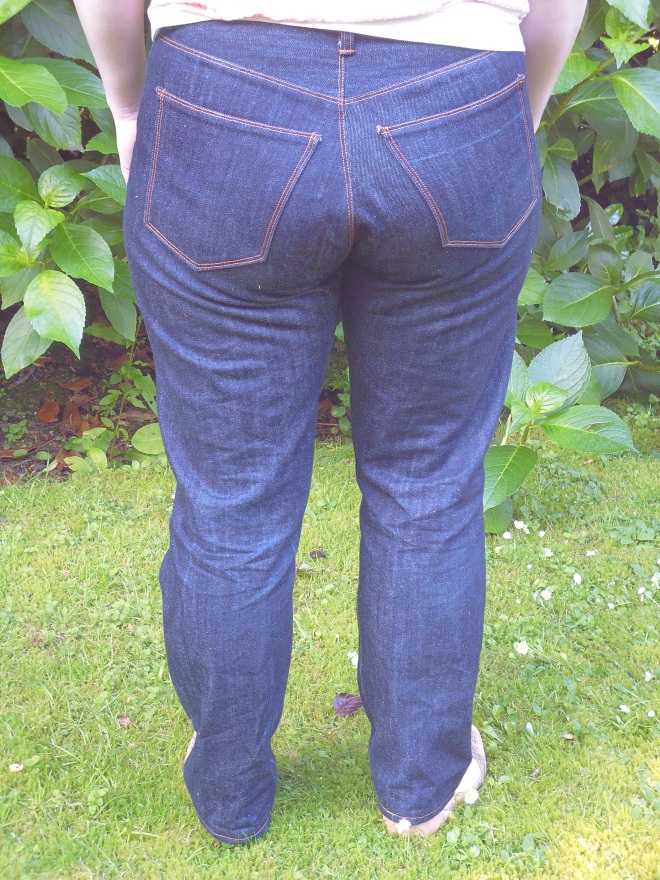
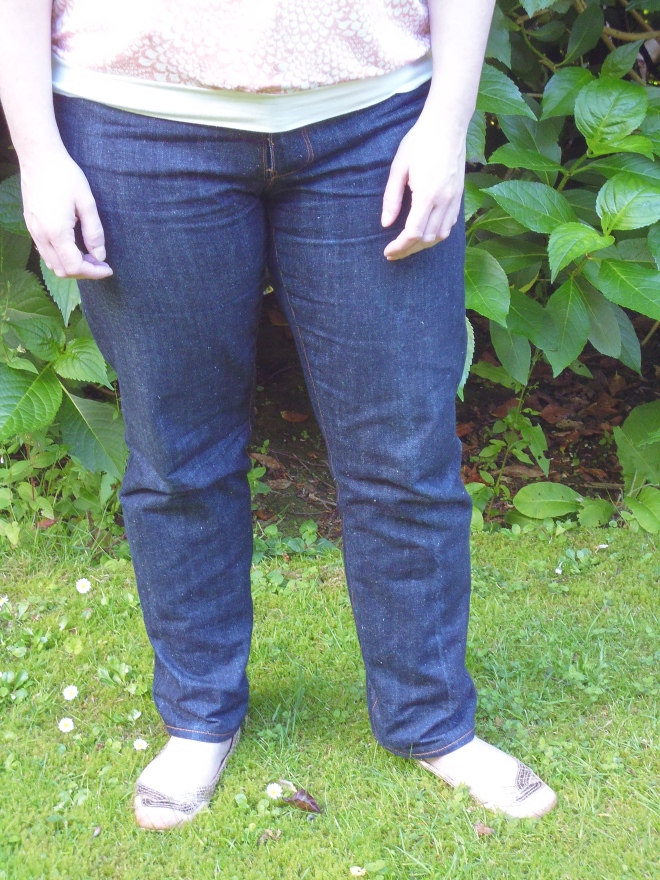
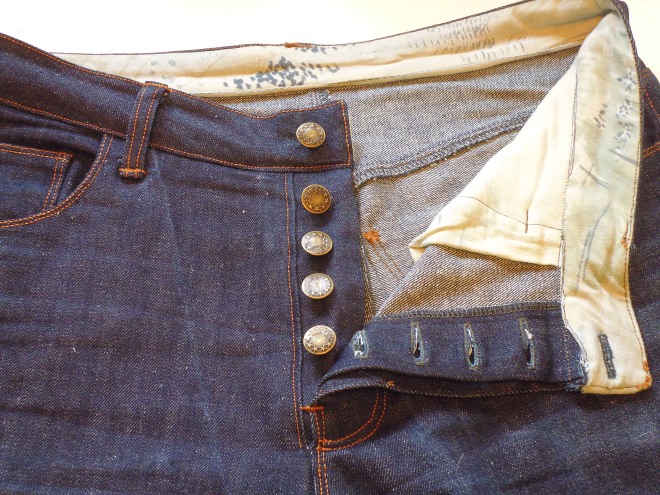
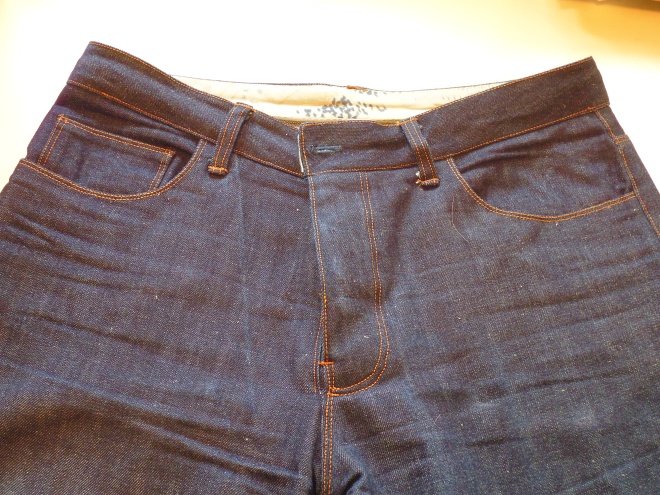
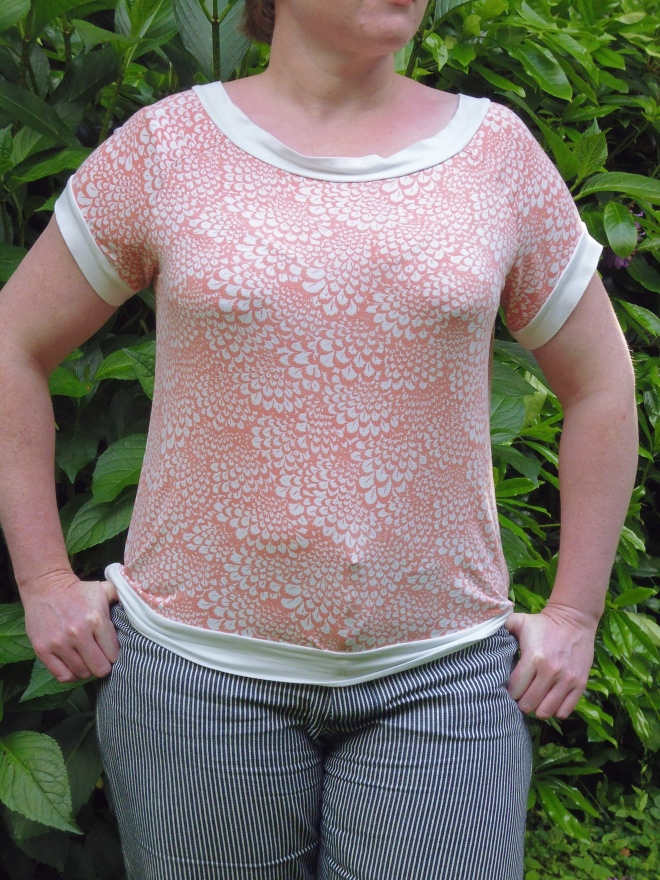
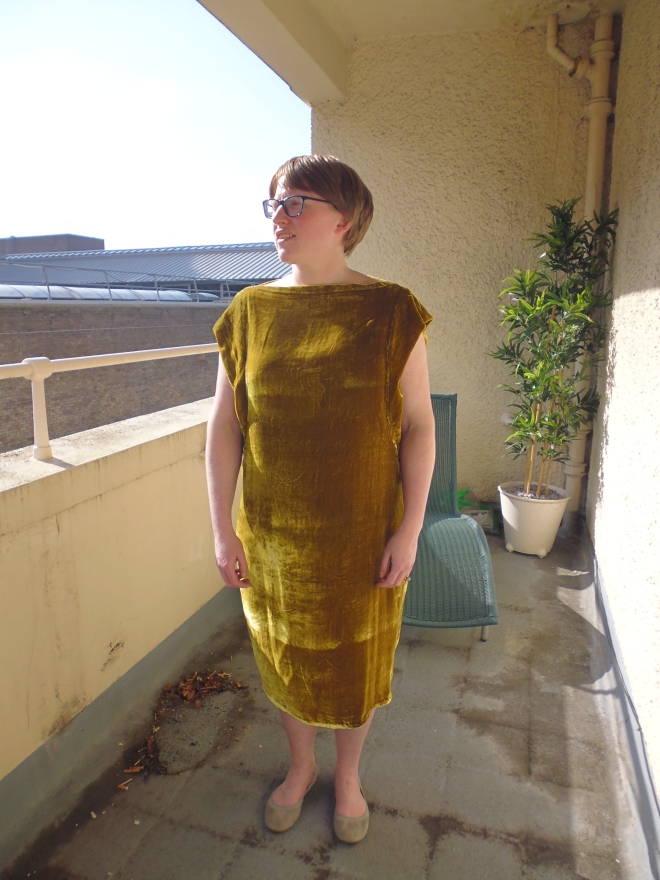
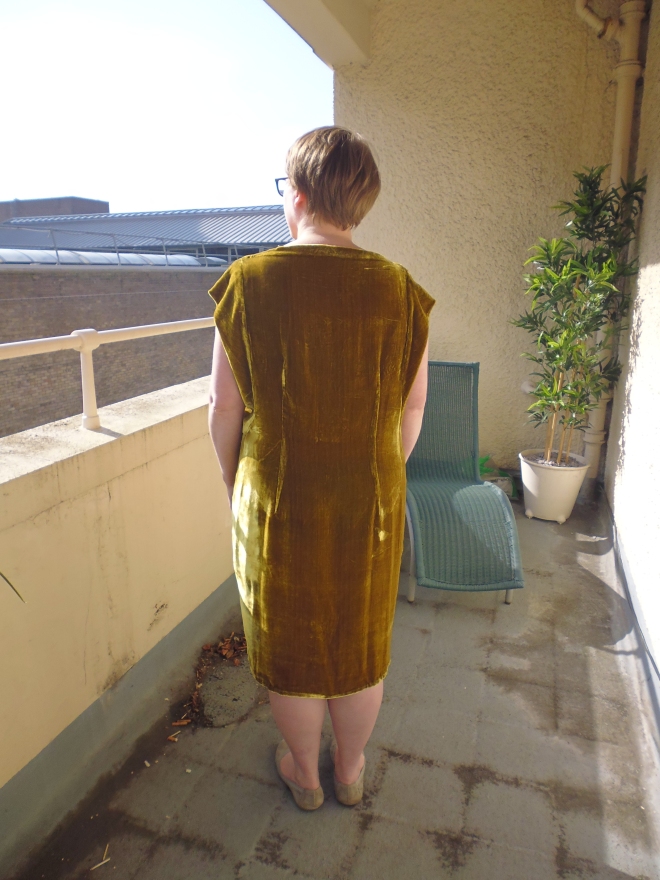
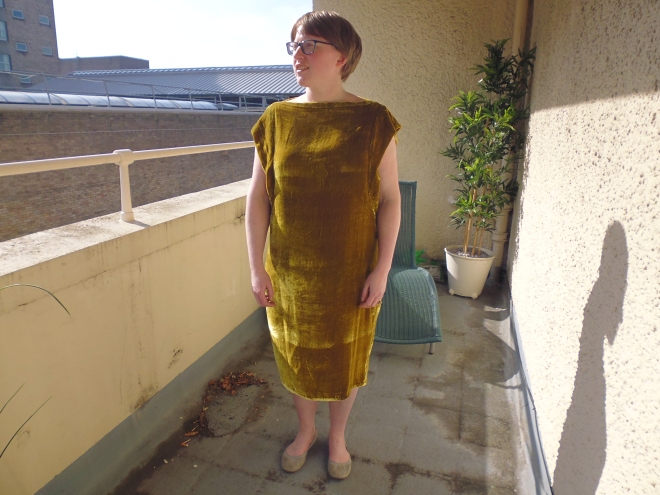
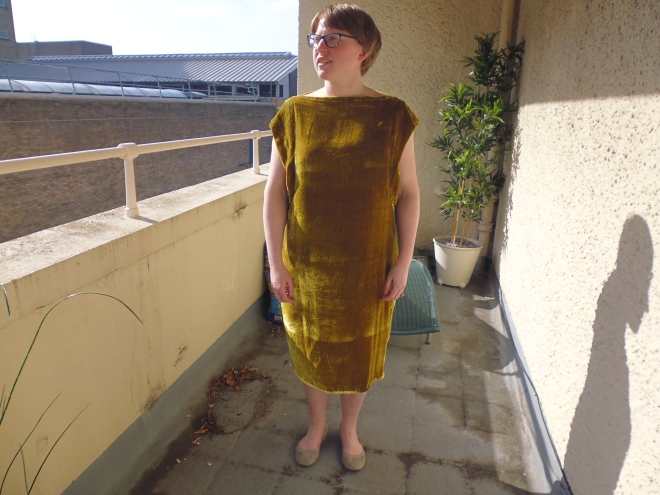
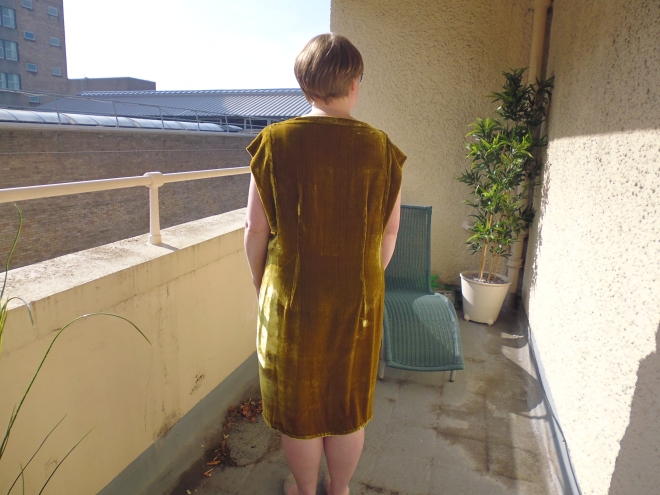
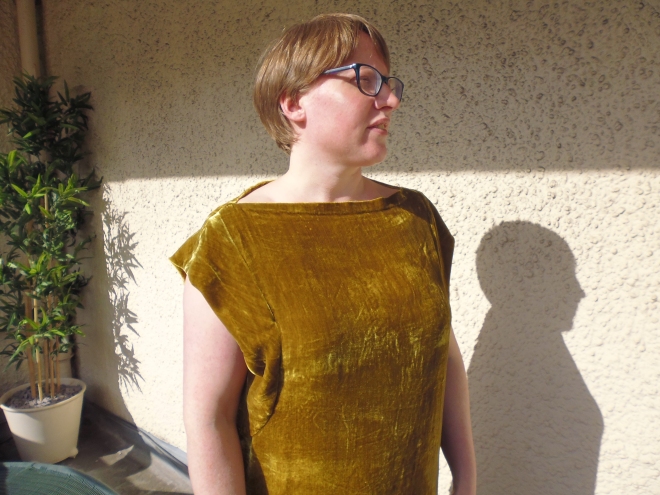
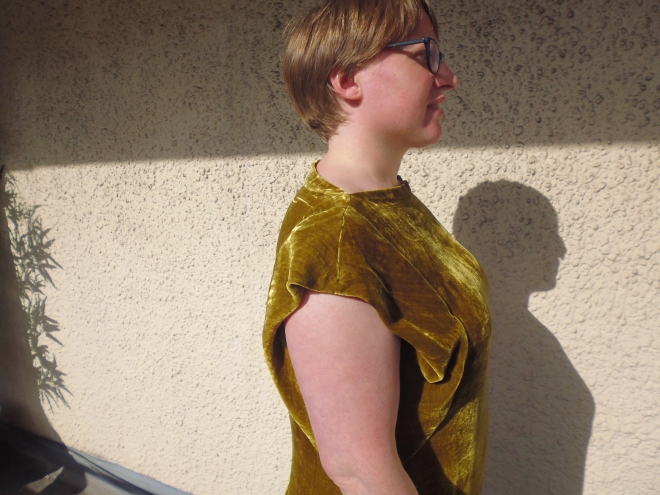
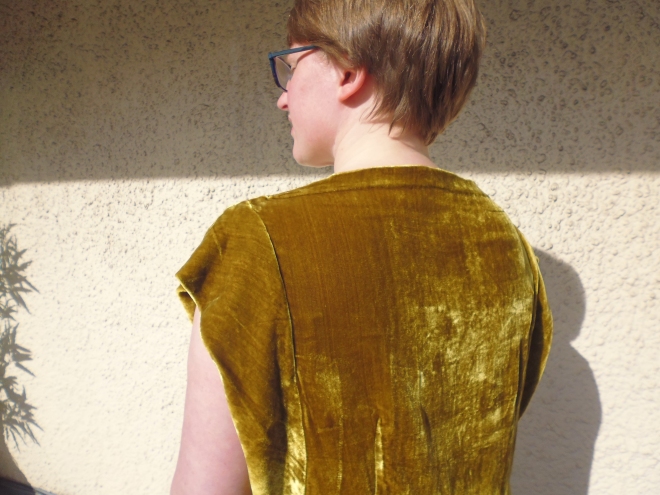
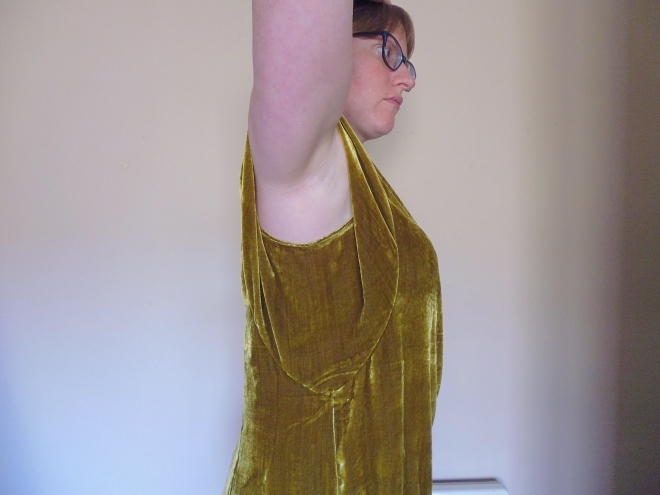
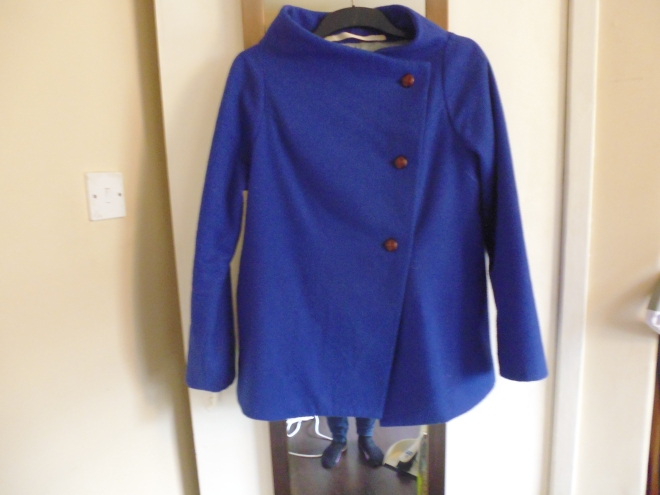 I got there in the end……
I got there in the end……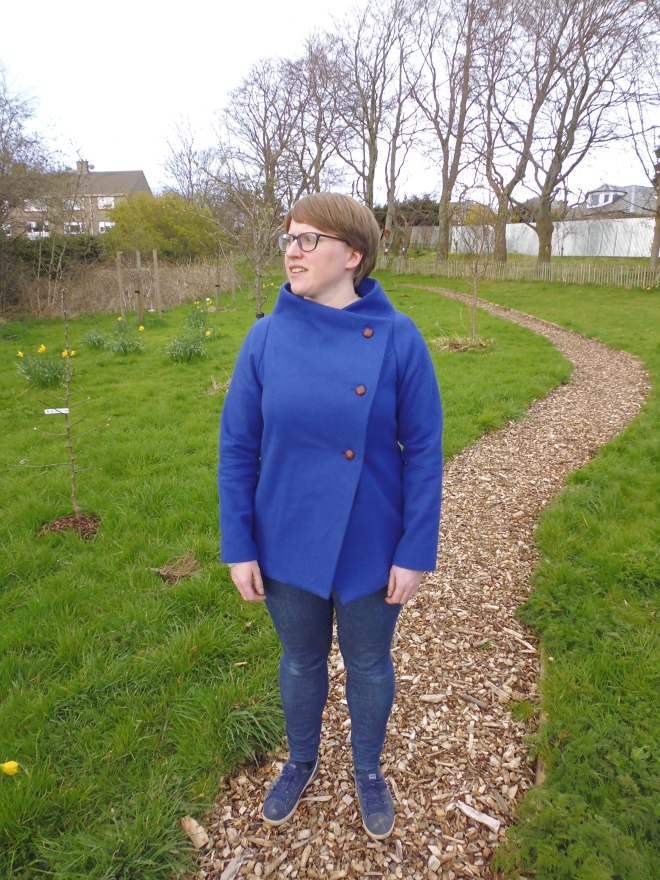 Size-wise, this is a Japanese pattern, and therefore definitely seems to be designed for small people. The body and sleeve lengths are spot on for me, so taller people might need some extra length. When I purchased the pattern 18months ago, my measurements fit perfectly with the largest size (42) – unfortunately I have put on a bit of weight since then so it’s a smidgen snug on me now. Not uncomfortably so, but you can see a little bit of pulling at the bottom button. Given the double breasted style I could probably move the buttons slightly to fix this but we’ll see. Otherwise fit feels good, I love the unusual shoulder design which works well on my smaller frame.
Size-wise, this is a Japanese pattern, and therefore definitely seems to be designed for small people. The body and sleeve lengths are spot on for me, so taller people might need some extra length. When I purchased the pattern 18months ago, my measurements fit perfectly with the largest size (42) – unfortunately I have put on a bit of weight since then so it’s a smidgen snug on me now. Not uncomfortably so, but you can see a little bit of pulling at the bottom button. Given the double breasted style I could probably move the buttons slightly to fix this but we’ll see. Otherwise fit feels good, I love the unusual shoulder design which works well on my smaller frame.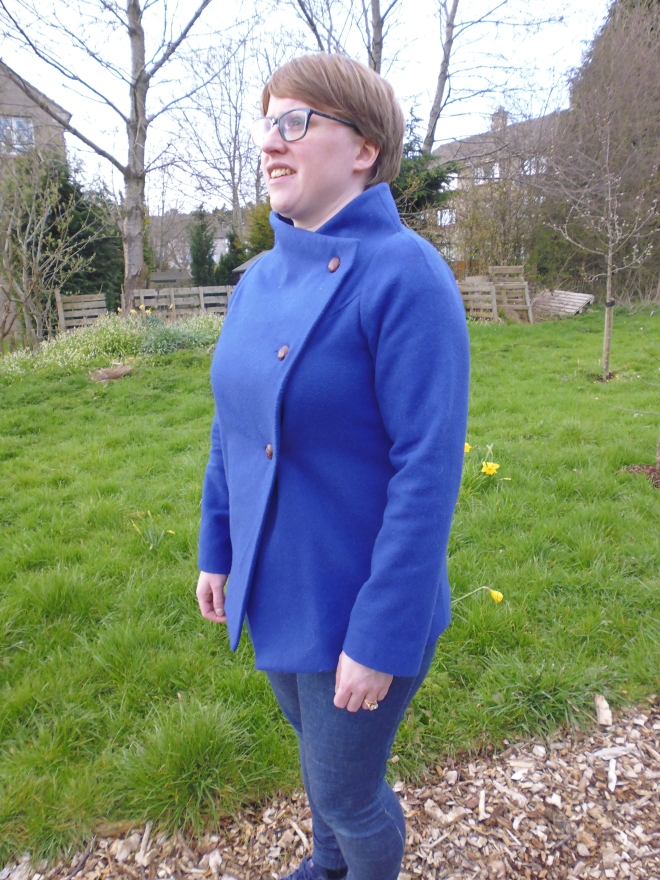 That collar not only looks good, it’s excellent for keeping out the cold Edinburgh wind. I was a little worried that I’d finished a warm coat just in time for warmer weather…..but we haven’t had any of that! It even snowed a bit yesterday.
That collar not only looks good, it’s excellent for keeping out the cold Edinburgh wind. I was a little worried that I’d finished a warm coat just in time for warmer weather…..but we haven’t had any of that! It even snowed a bit yesterday.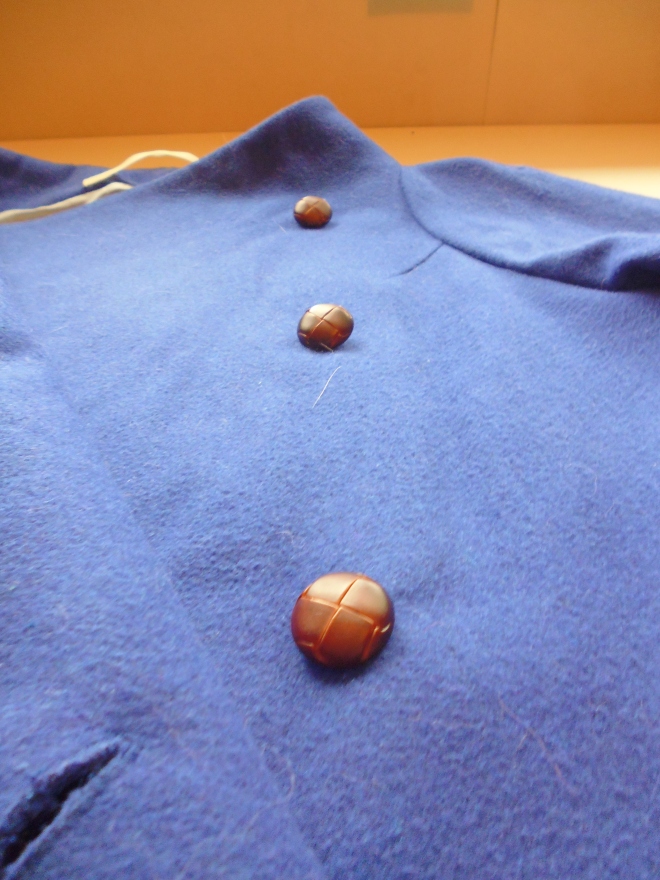 The buttons came from Hobbycraft, surprisingly, and are exactly what I had in mind. You can see the texture in this photo as well (along with a number of cat hairs, sorry…..). They’re not real leather, but they’re just the right size and colour I think.
The buttons came from Hobbycraft, surprisingly, and are exactly what I had in mind. You can see the texture in this photo as well (along with a number of cat hairs, sorry…..). They’re not real leather, but they’re just the right size and colour I think. The lining was in my stash, I have no idea where it came from originally, but it’s a high quality, anti-static lining which feels really luxurious. The pale blue/grey works well, too. I like something a bit sturdier for pockets, so they are made from some scraps of peacock-feather cotton lawn originally used to make pyjamas for Mark.
The lining was in my stash, I have no idea where it came from originally, but it’s a high quality, anti-static lining which feels really luxurious. The pale blue/grey works well, too. I like something a bit sturdier for pockets, so they are made from some scraps of peacock-feather cotton lawn originally used to make pyjamas for Mark.

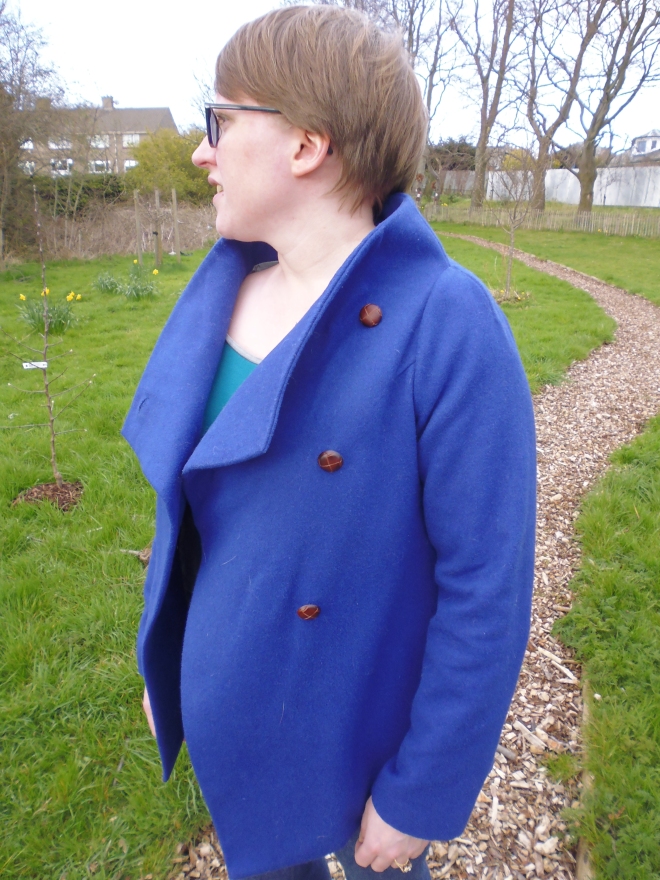
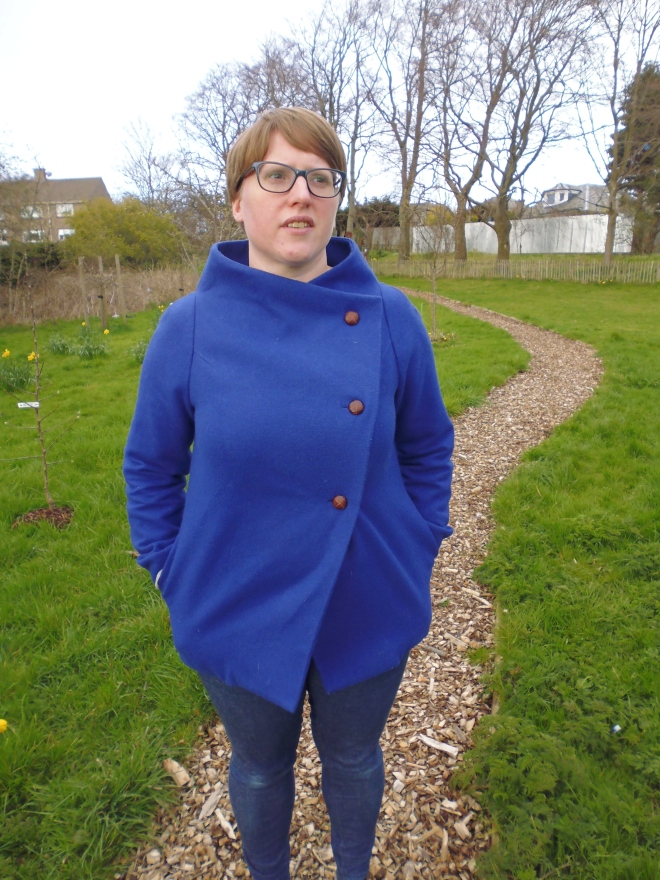 Importantly, the pockets are definitely big enough to keep your hands in, and will take my large phone or my bunch of keys quite happily. The pockets are joined to the facing before the lining is installed – I used short lengths of grosgrain ribbon rather than the intended pieces of lining fabric.
Importantly, the pockets are definitely big enough to keep your hands in, and will take my large phone or my bunch of keys quite happily. The pockets are joined to the facing before the lining is installed – I used short lengths of grosgrain ribbon rather than the intended pieces of lining fabric.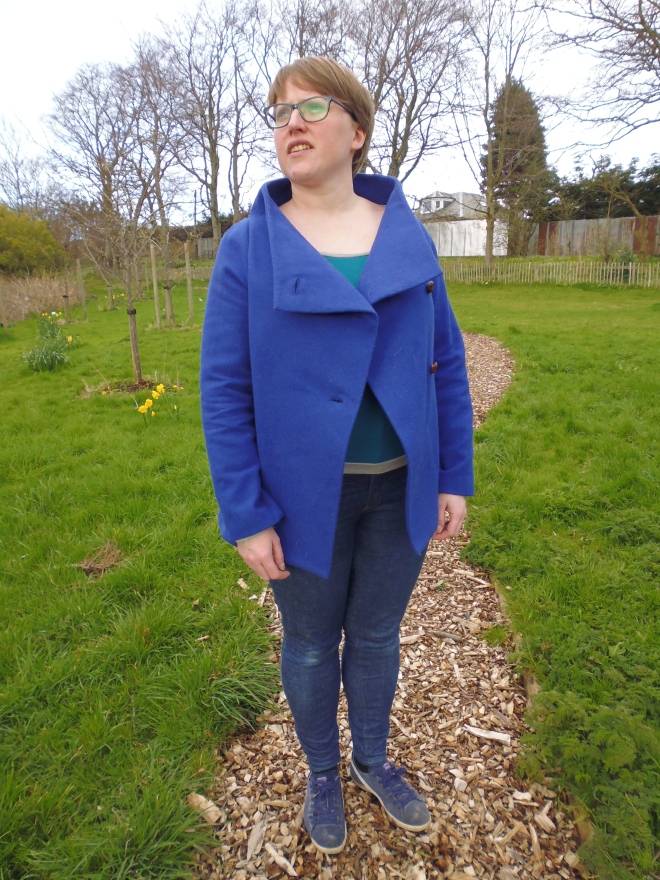 I like the way this looks open as well, although it’s a bit cold at the moment for this to be comfortable……once it gets a bit warmer though I think I’ll be wearing it like this a lot. The pattern includes a self-fabric belt, with thread loops, but I never get on all that well with fabric belts.
I like the way this looks open as well, although it’s a bit cold at the moment for this to be comfortable……once it gets a bit warmer though I think I’ll be wearing it like this a lot. The pattern includes a self-fabric belt, with thread loops, but I never get on all that well with fabric belts. I do love this coat, and it’s received a lot of compliments. Living in Scotland means that in all likelihood I’ll be able to wear it all year round! I’ll leave with some more photos, this is one of my favourite makes of the last few years so I have a lot of them…….
I do love this coat, and it’s received a lot of compliments. Living in Scotland means that in all likelihood I’ll be able to wear it all year round! I’ll leave with some more photos, this is one of my favourite makes of the last few years so I have a lot of them…….